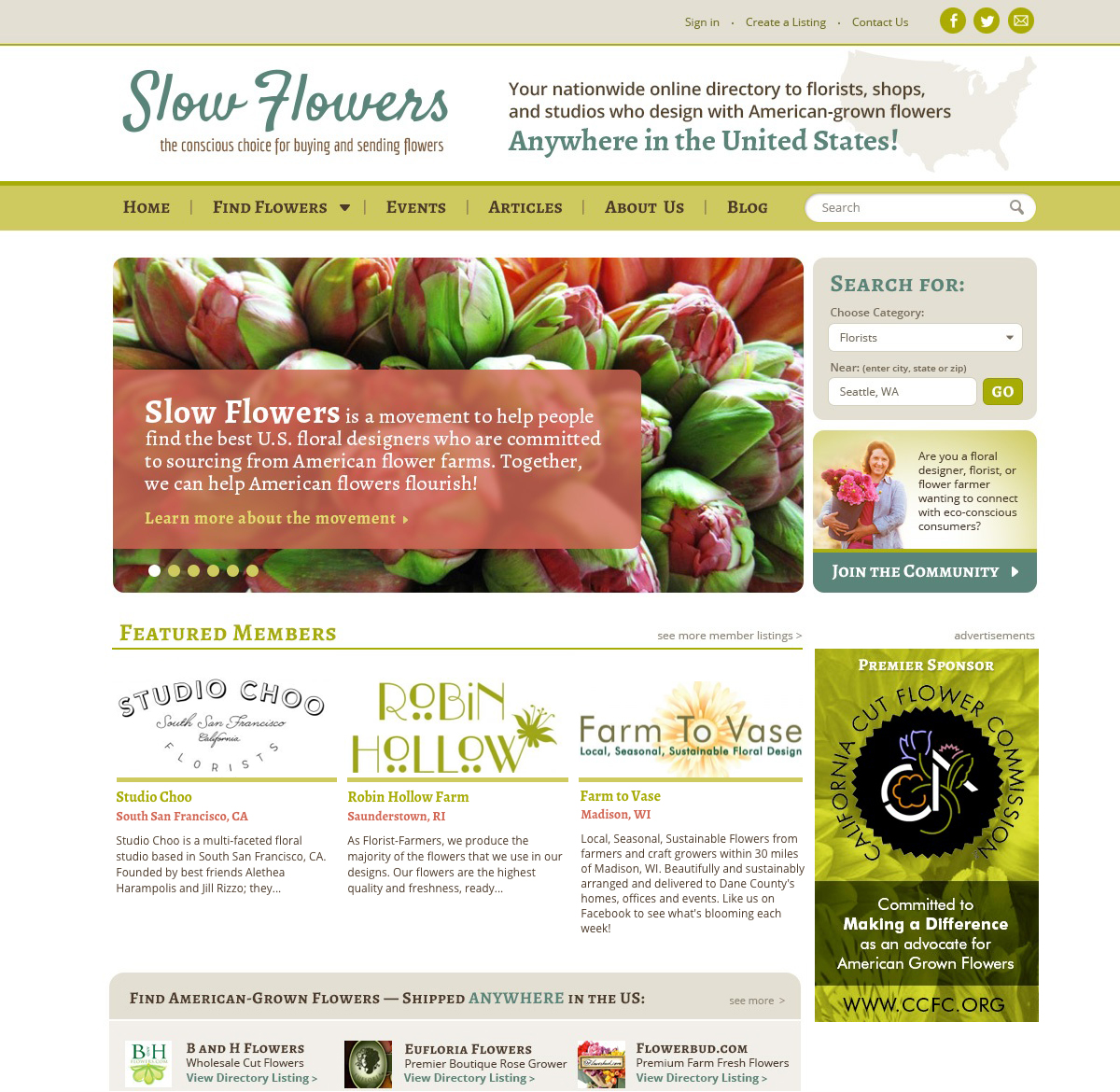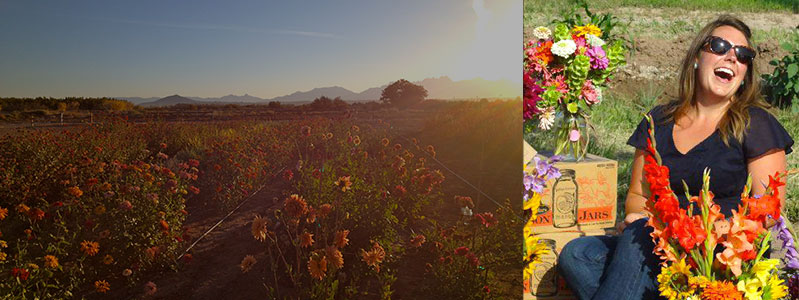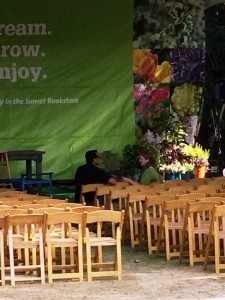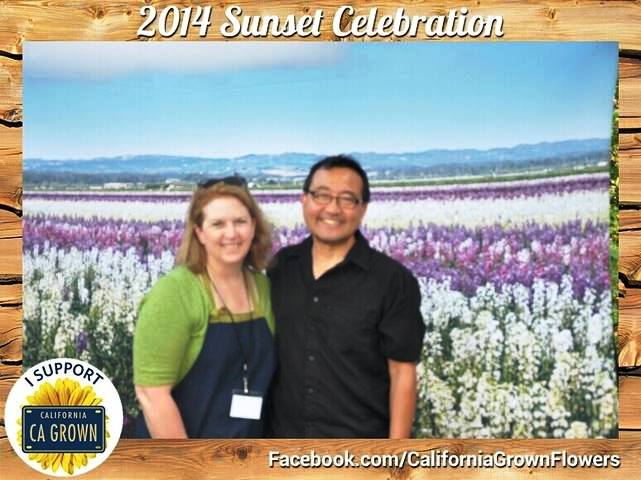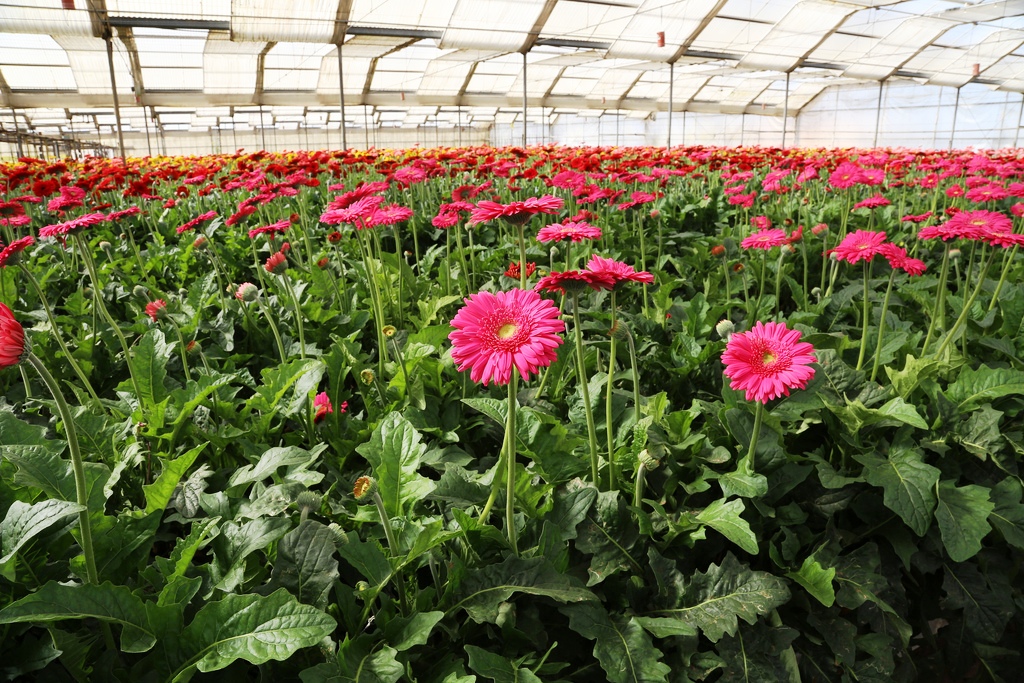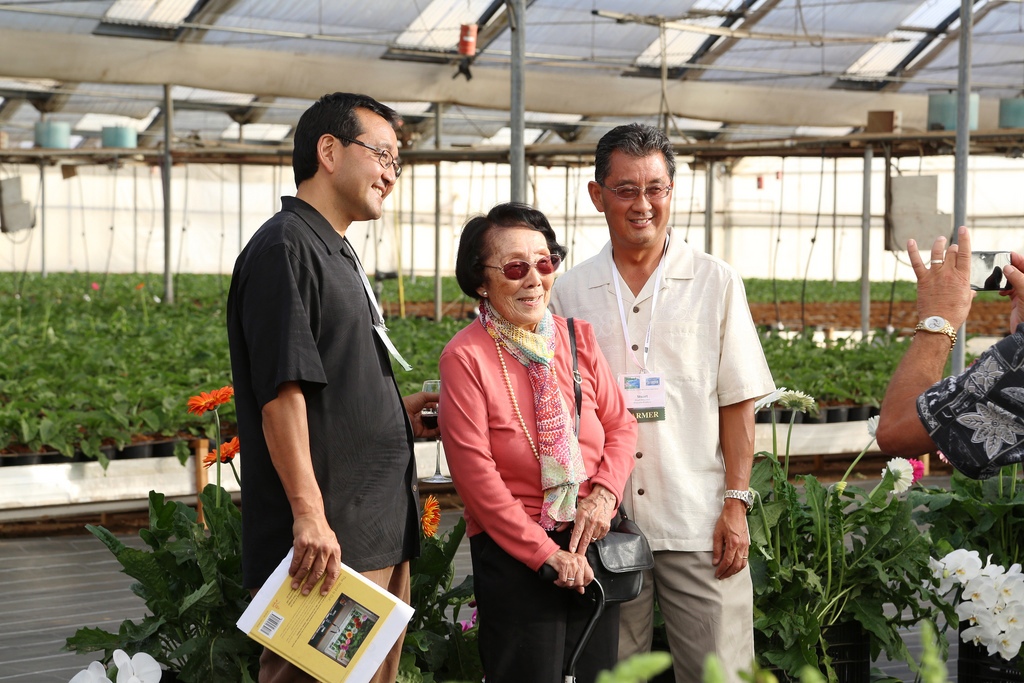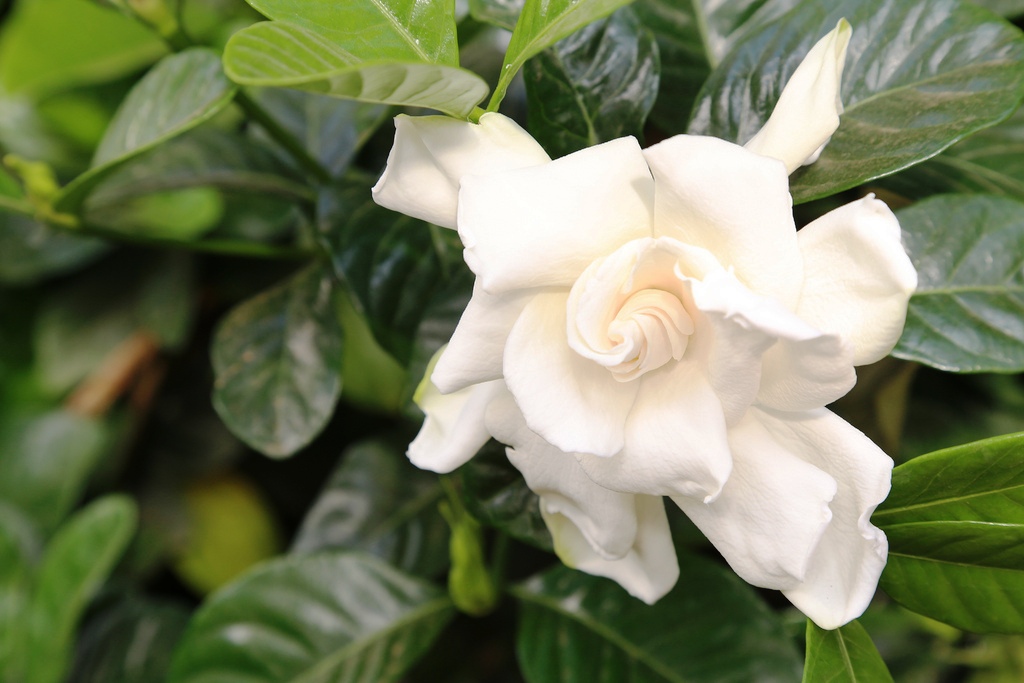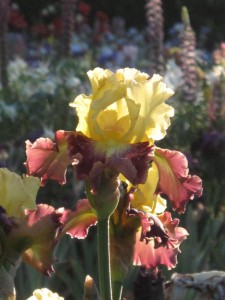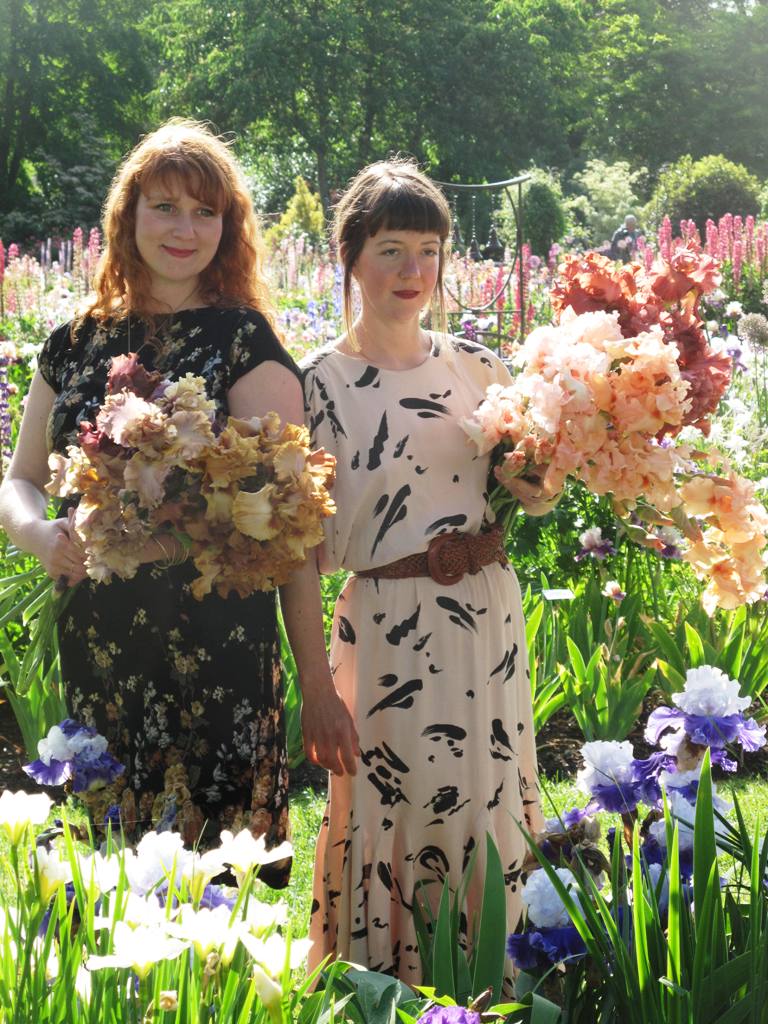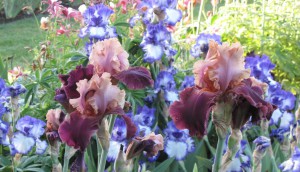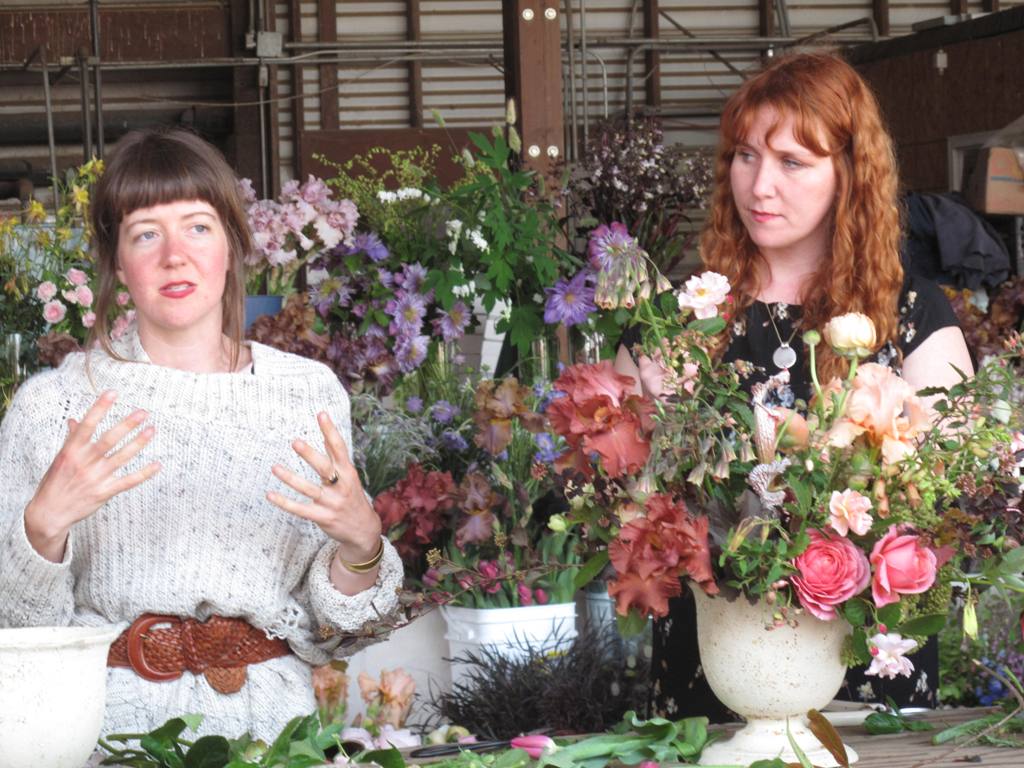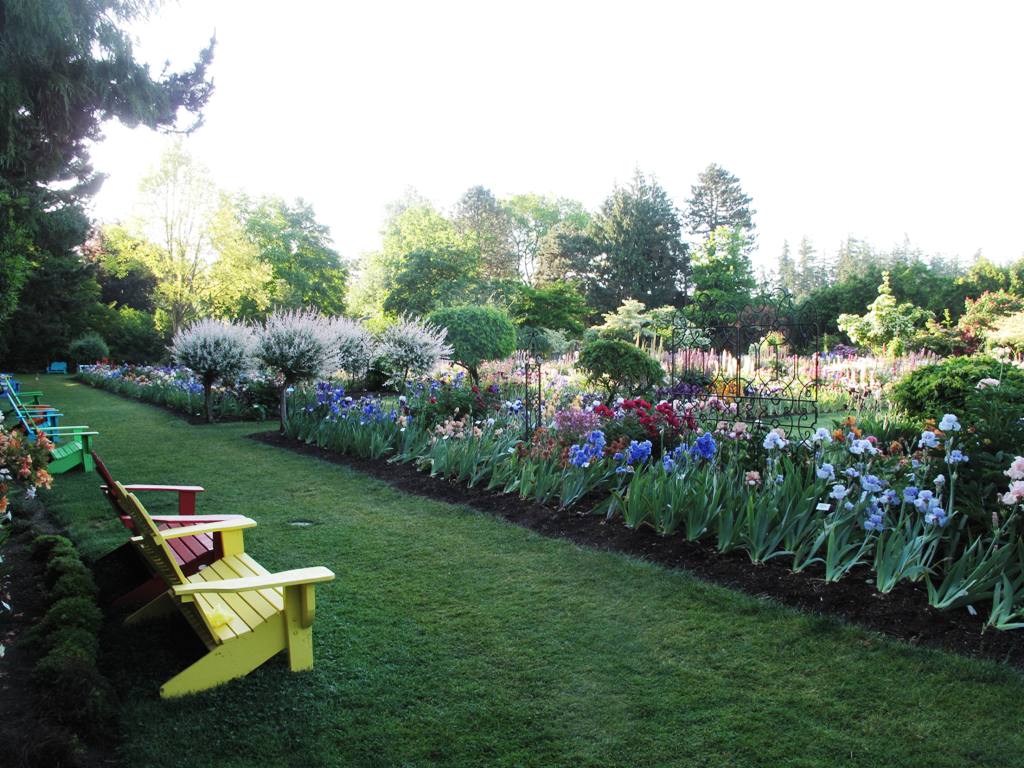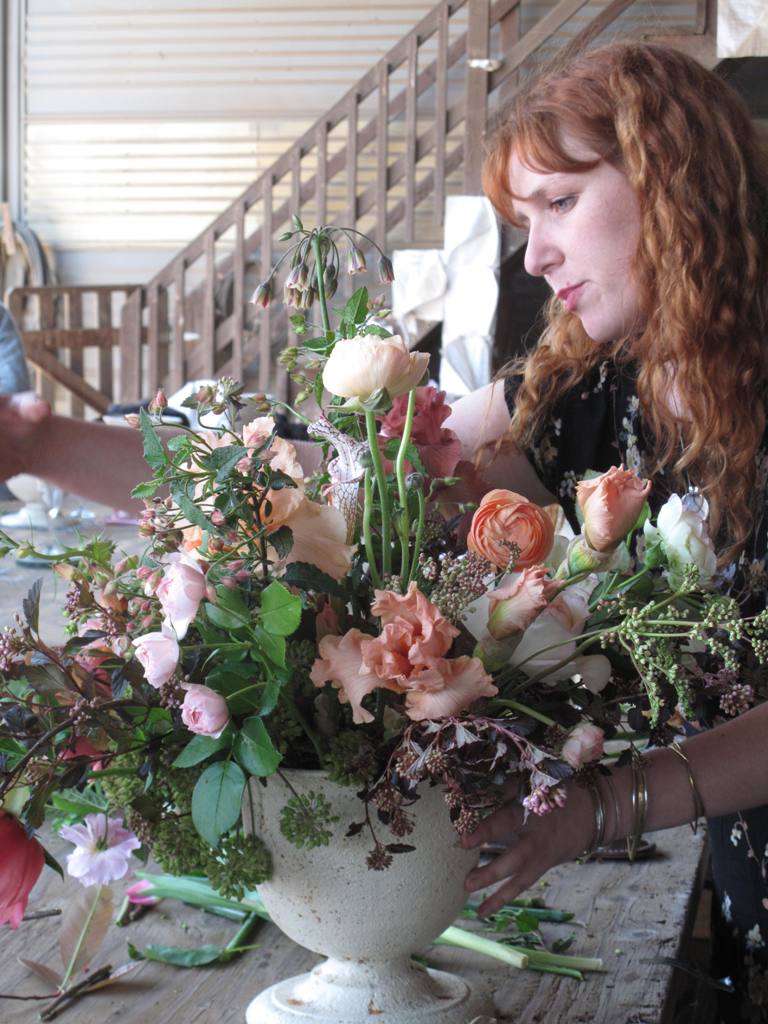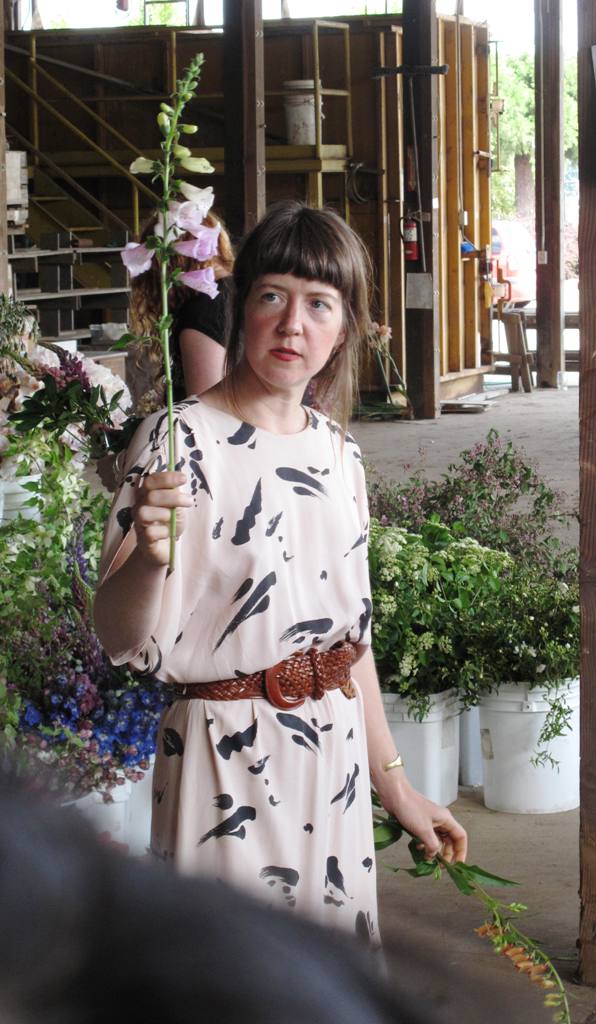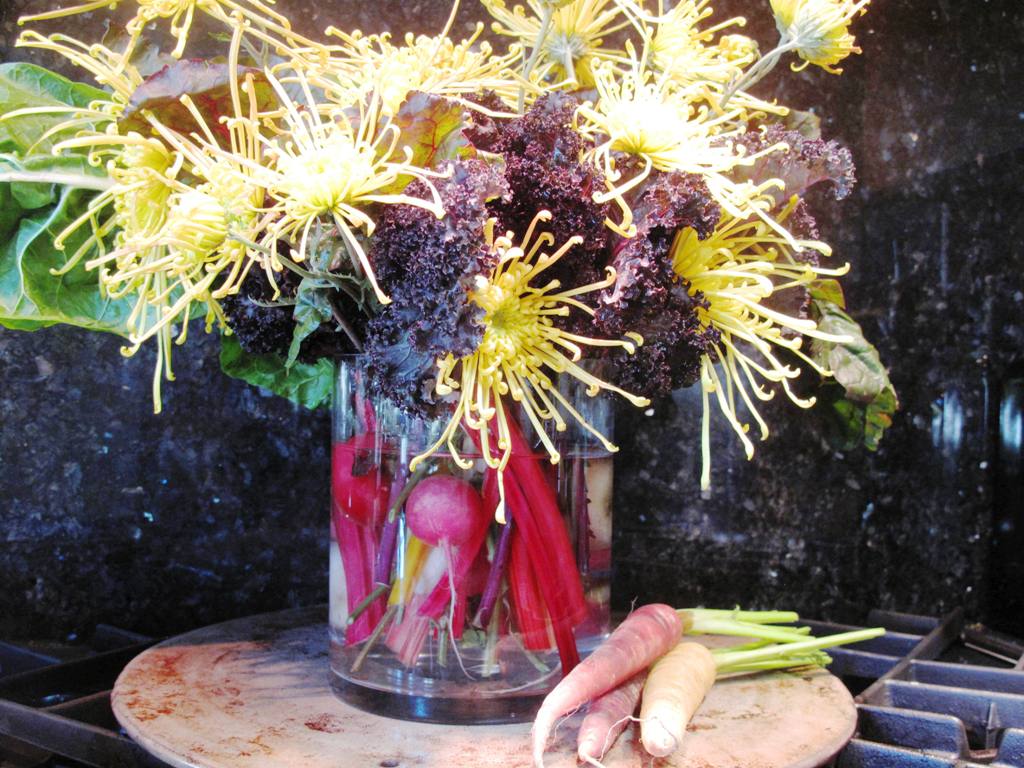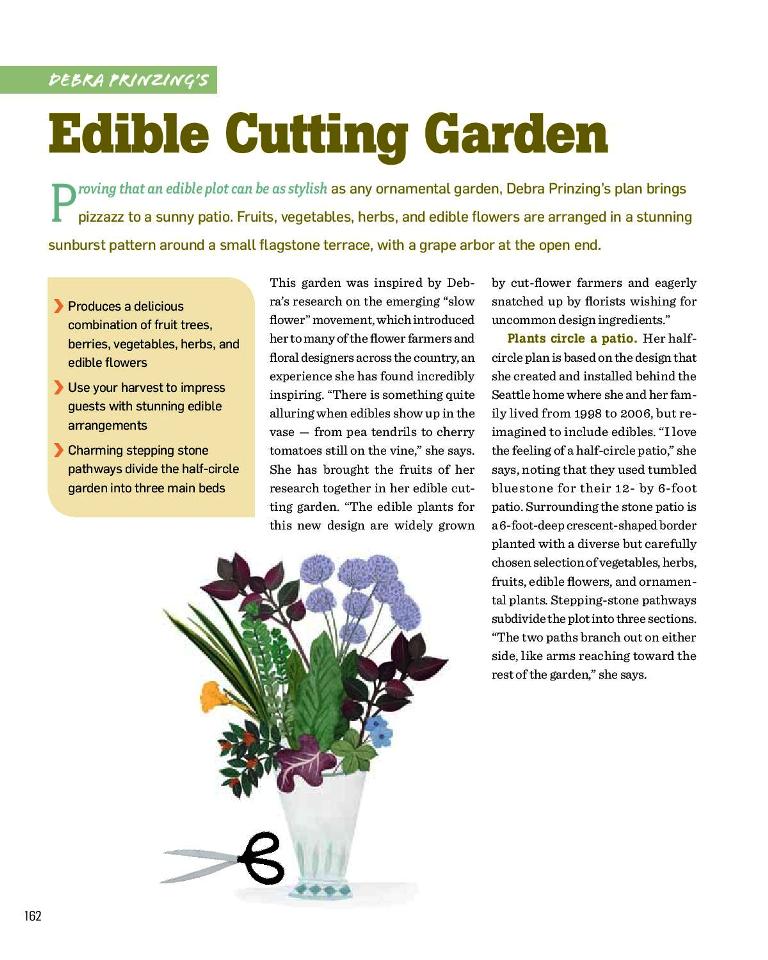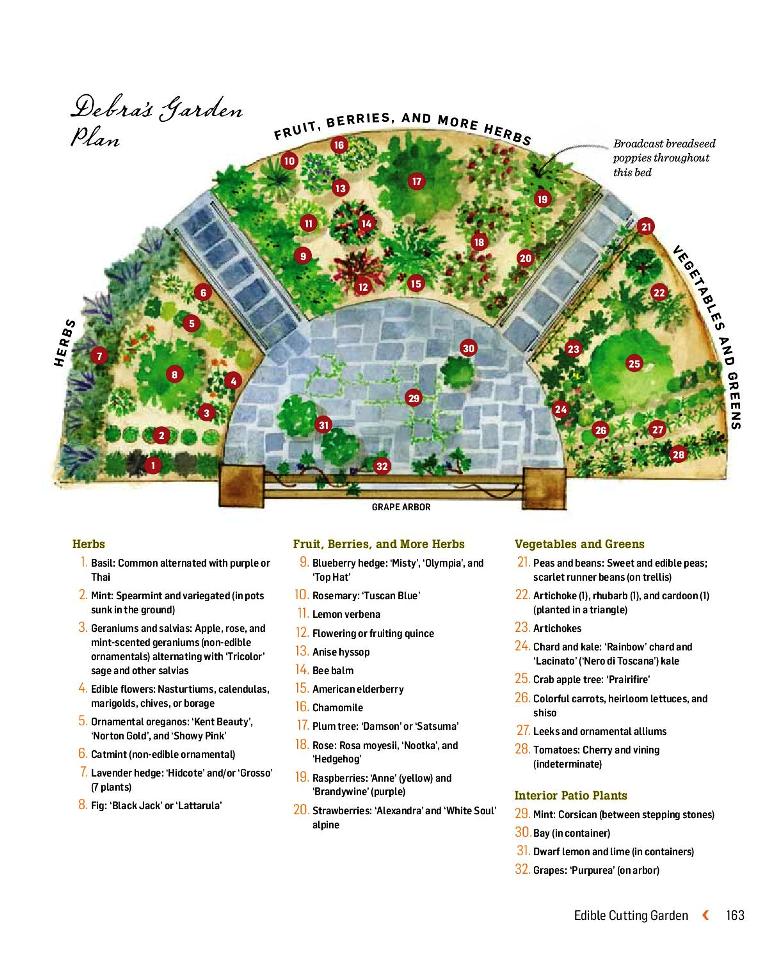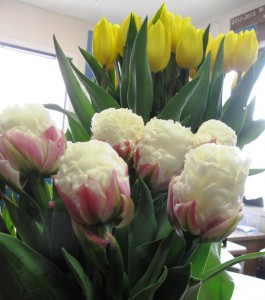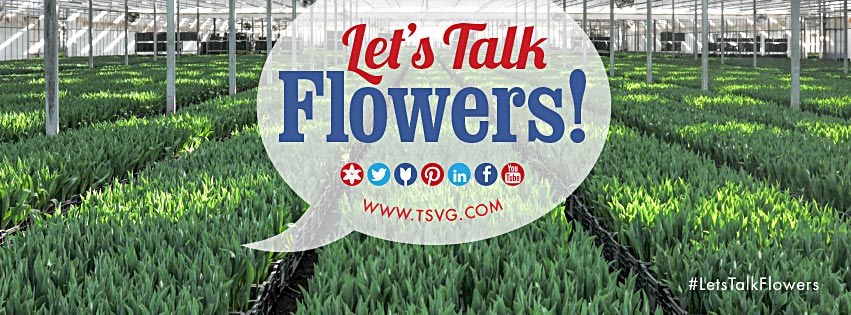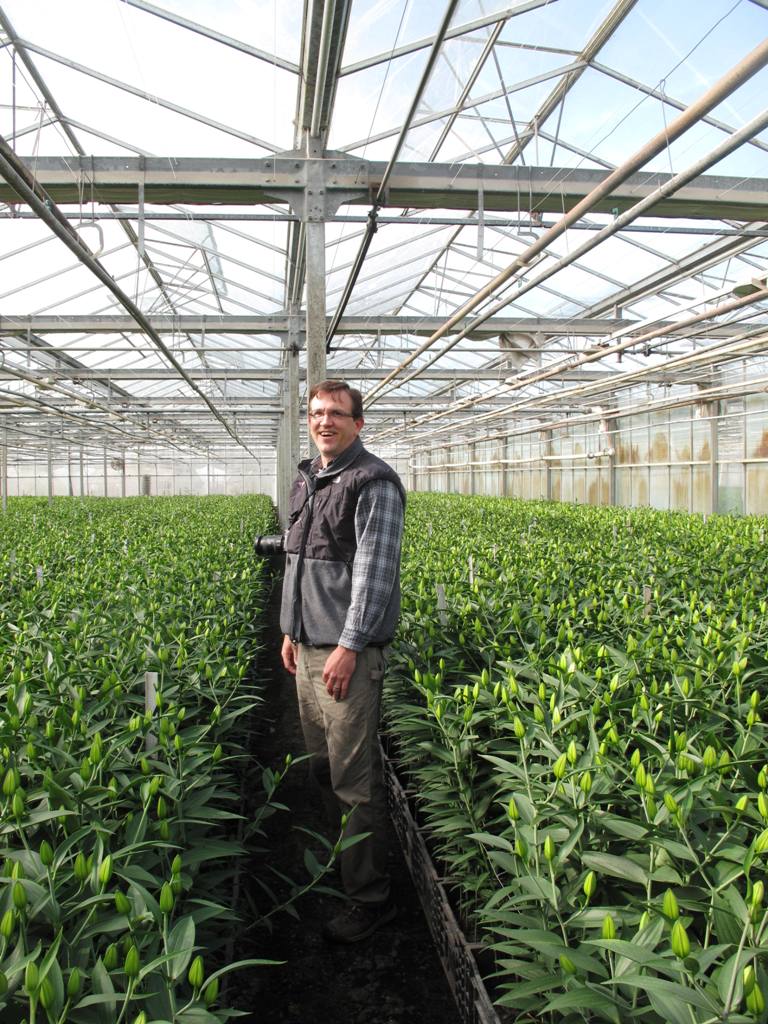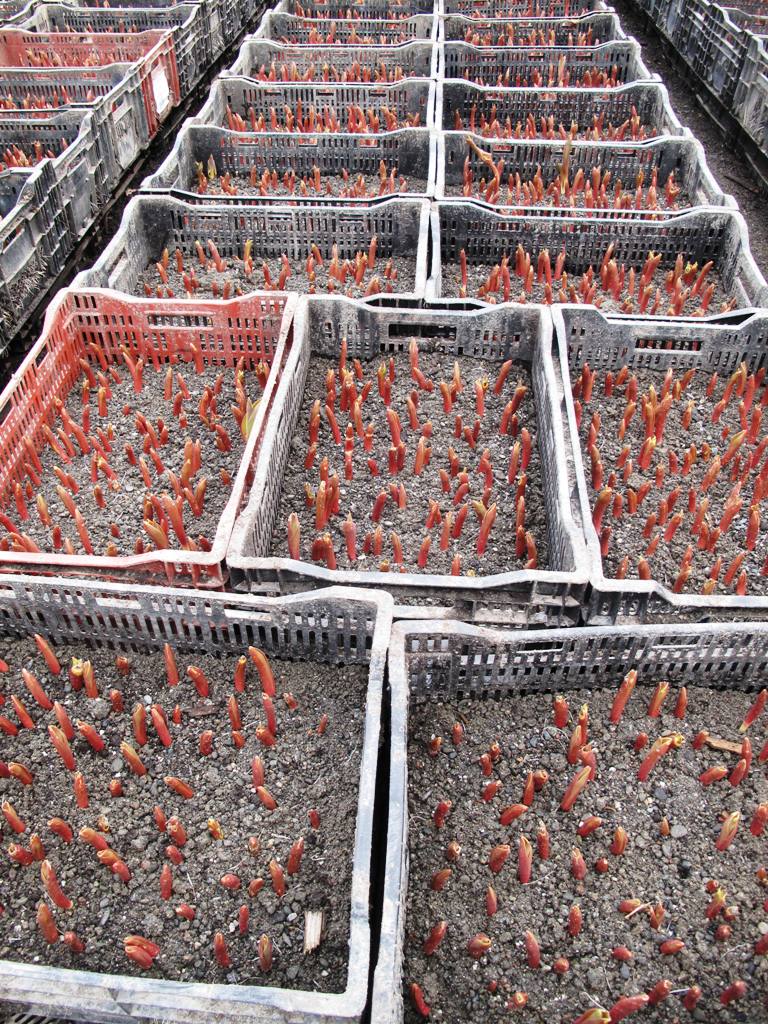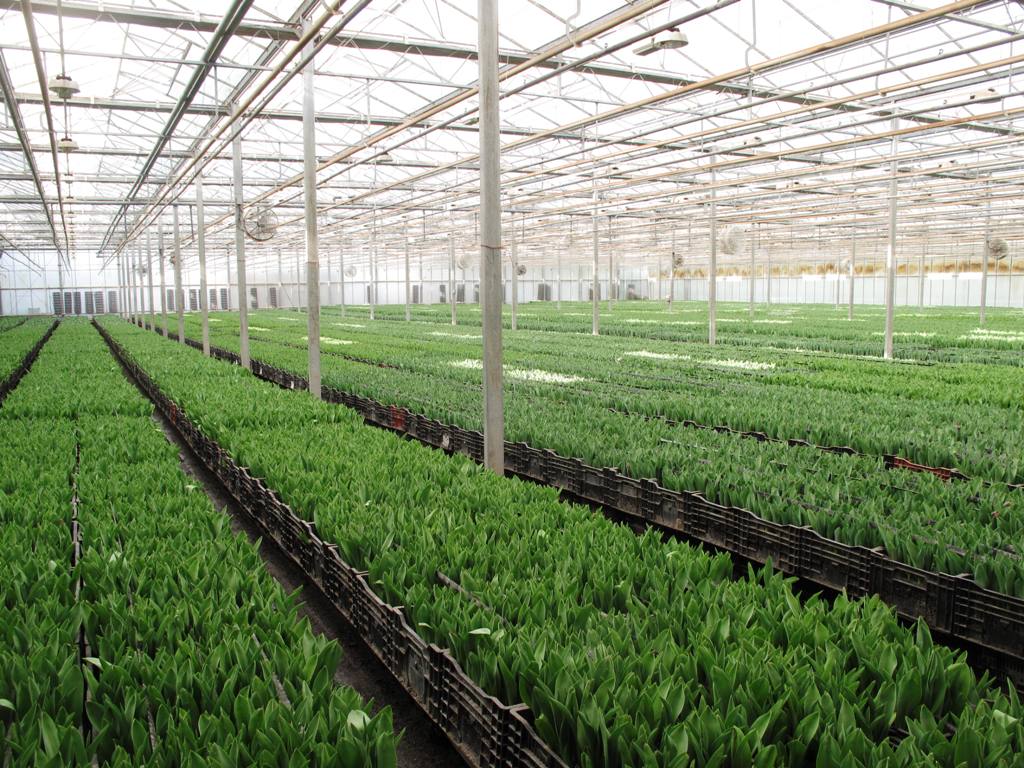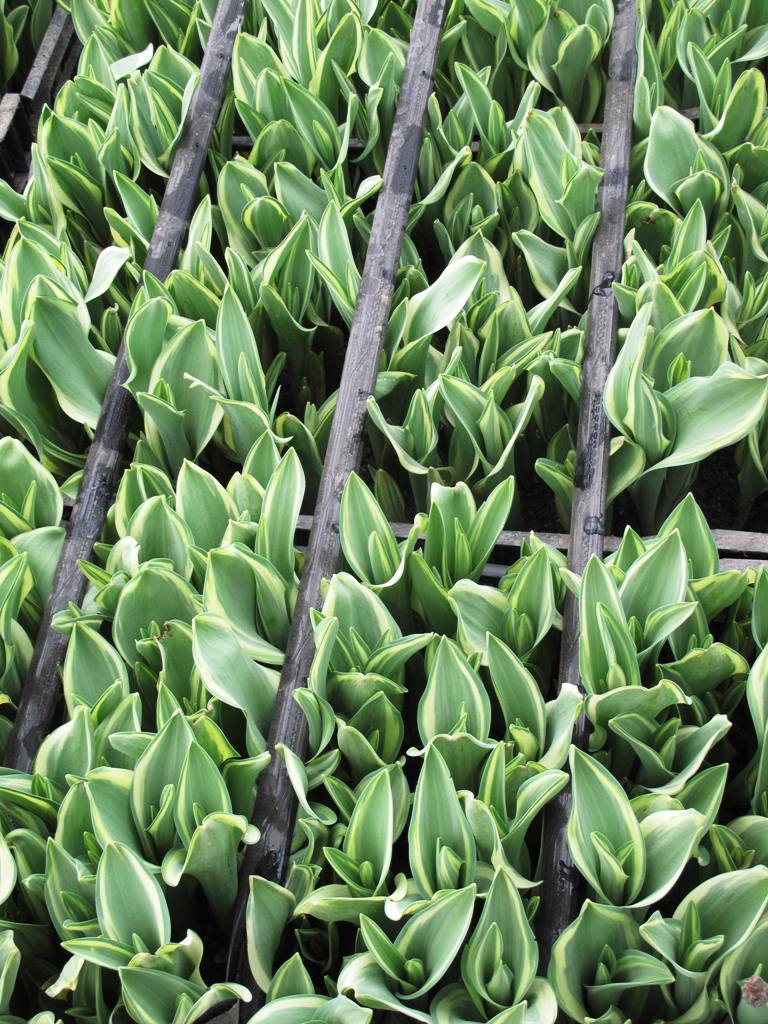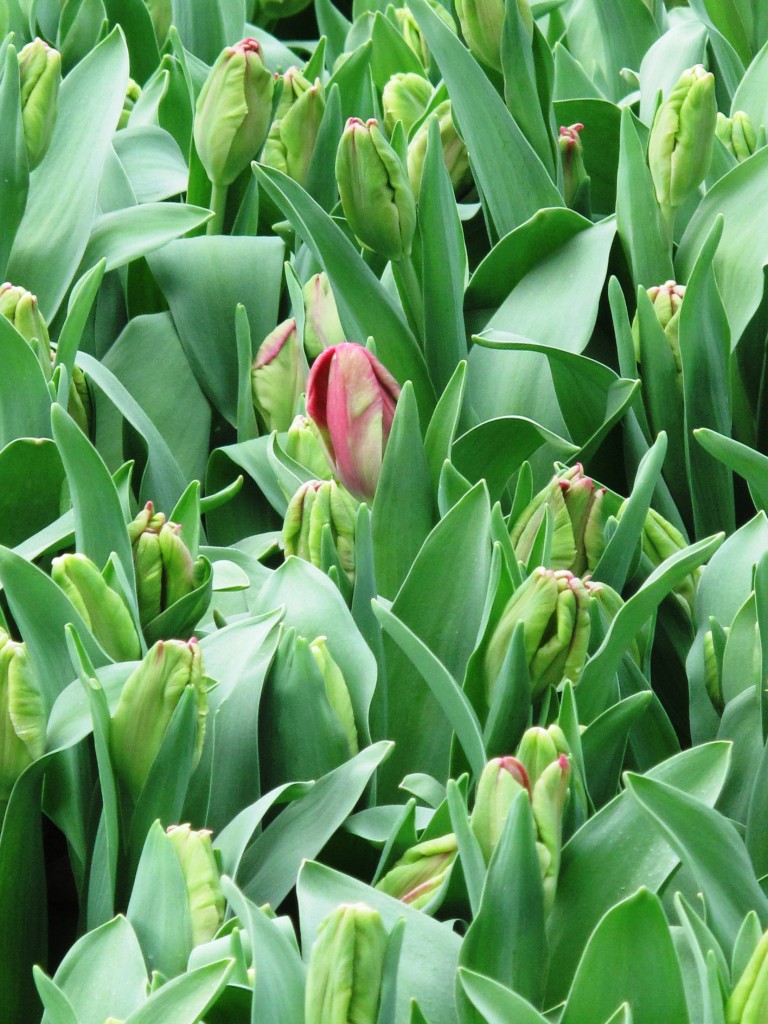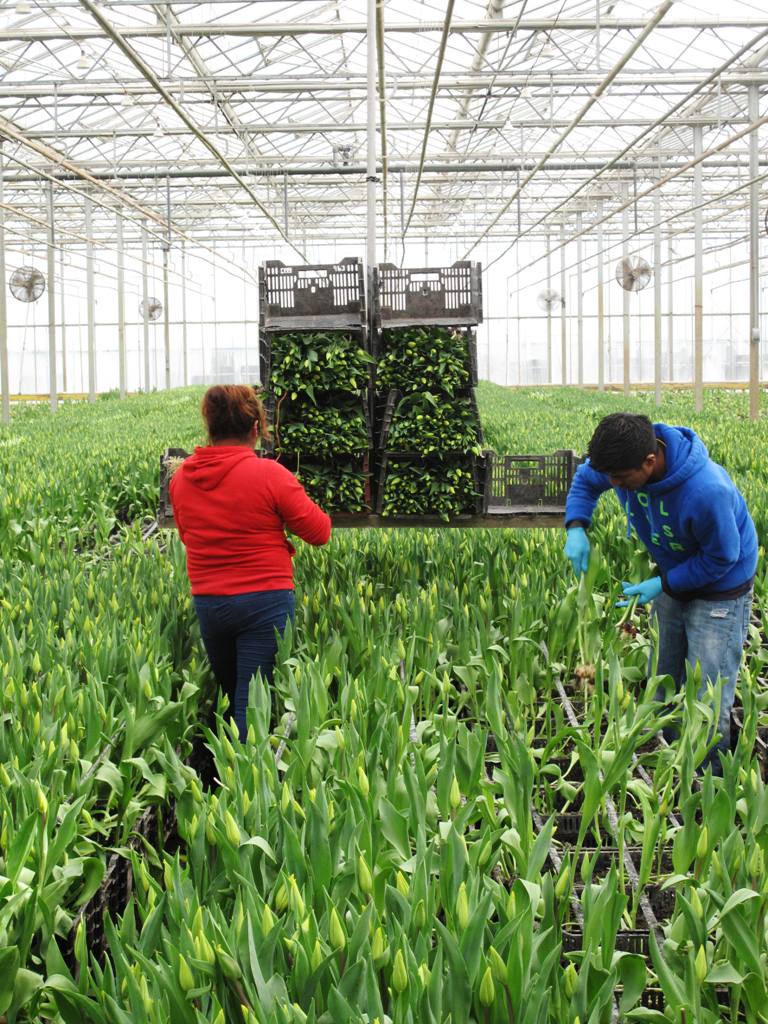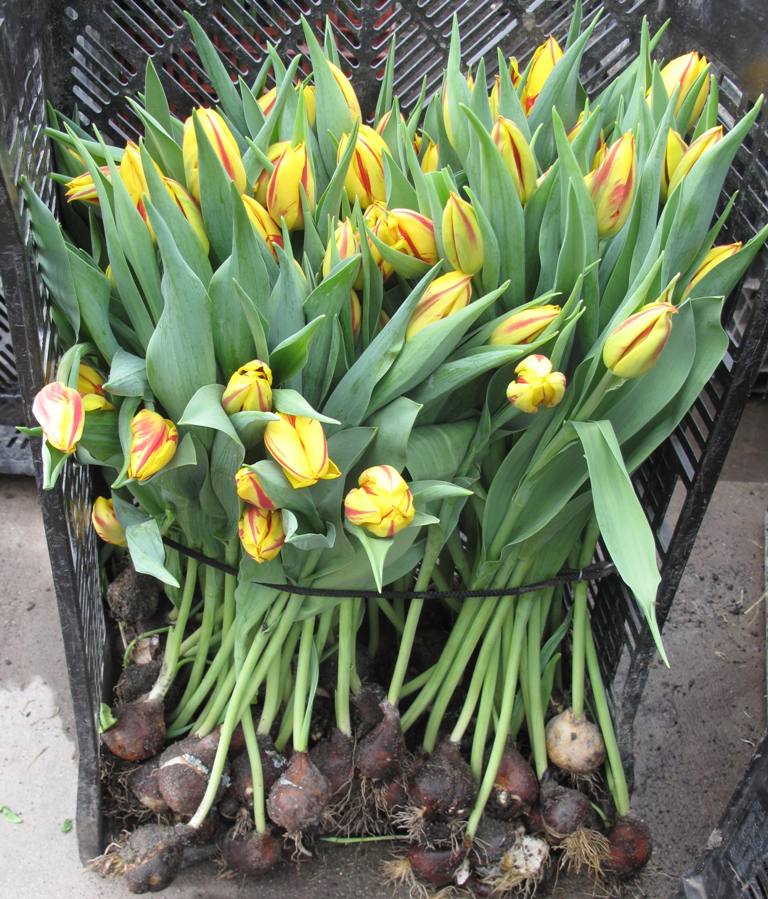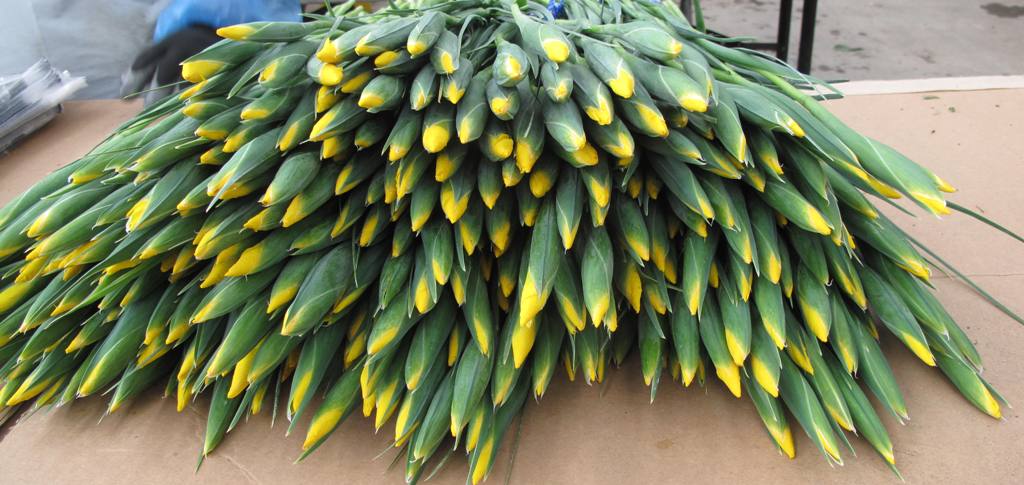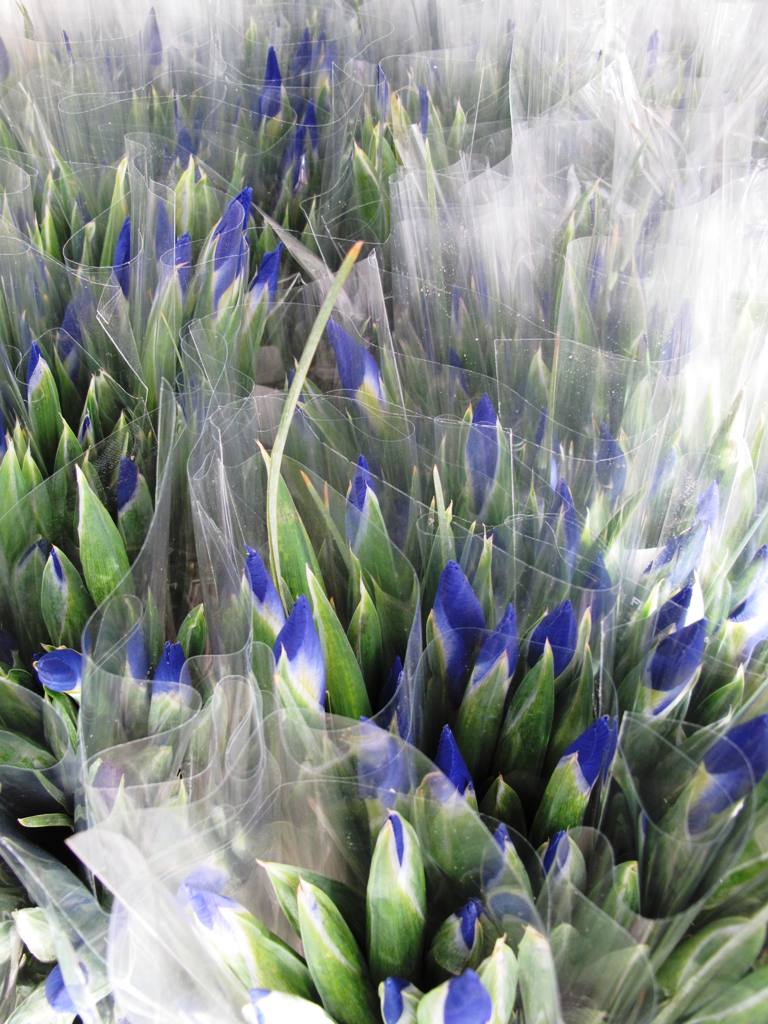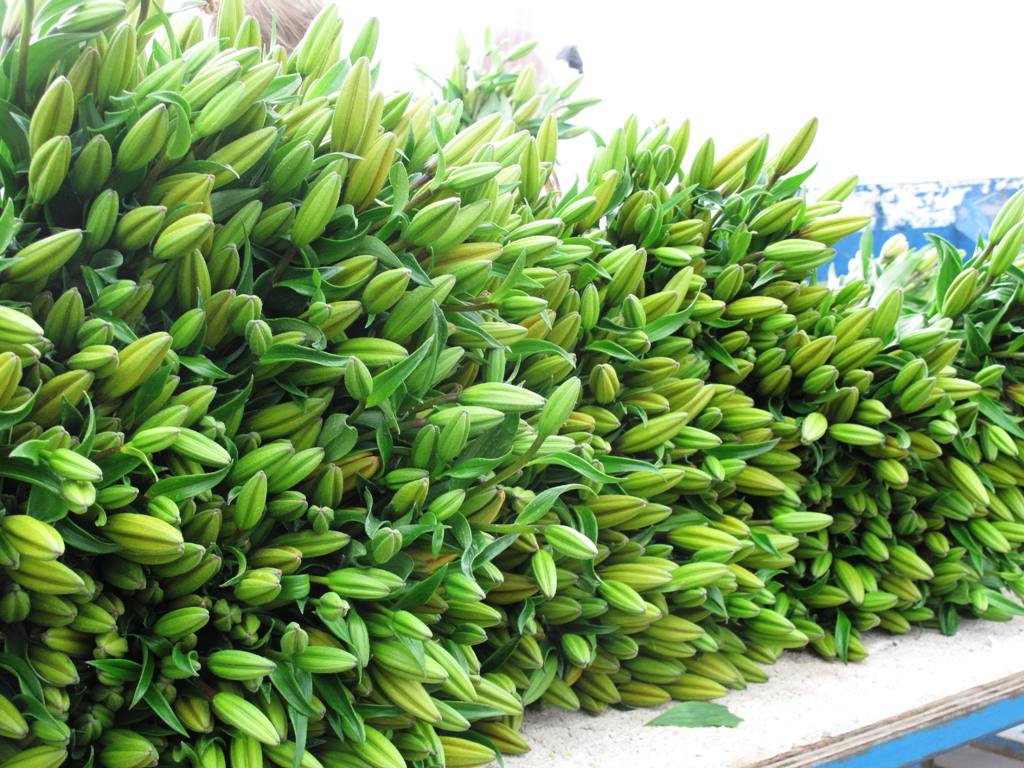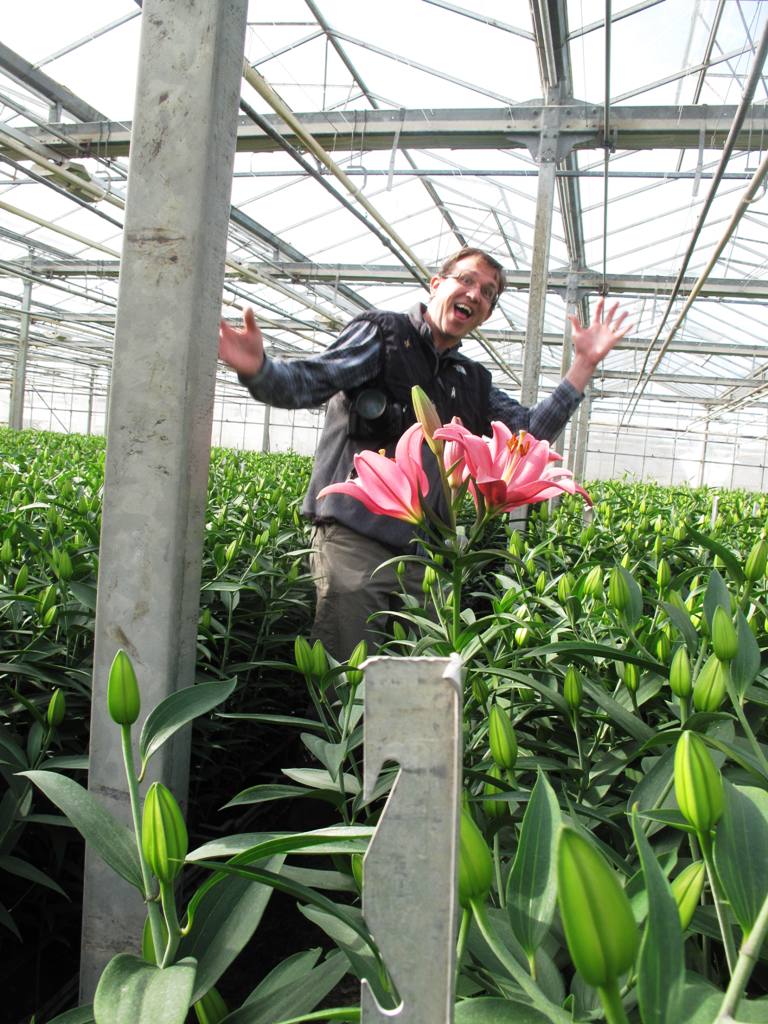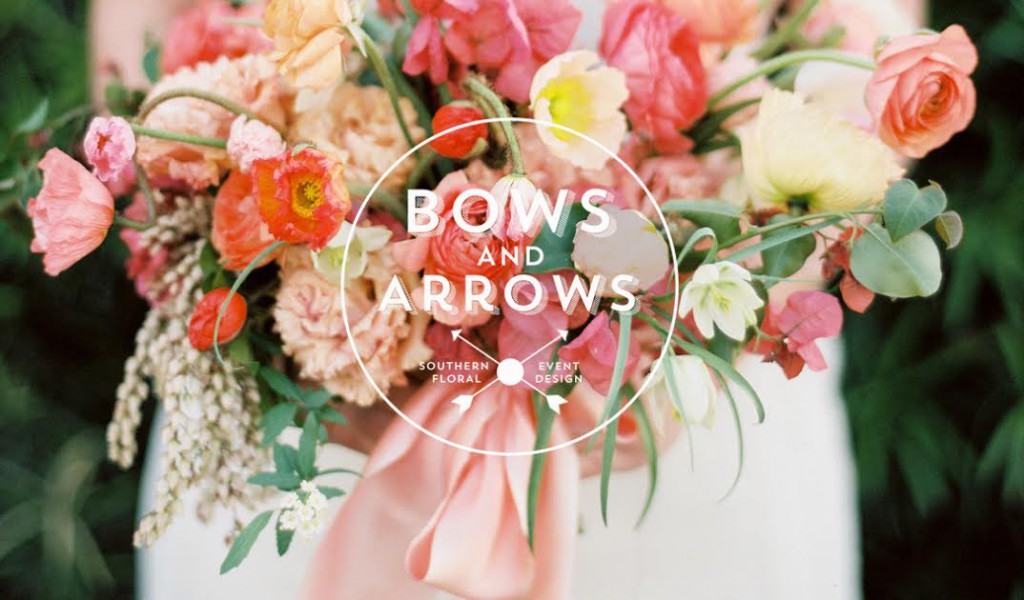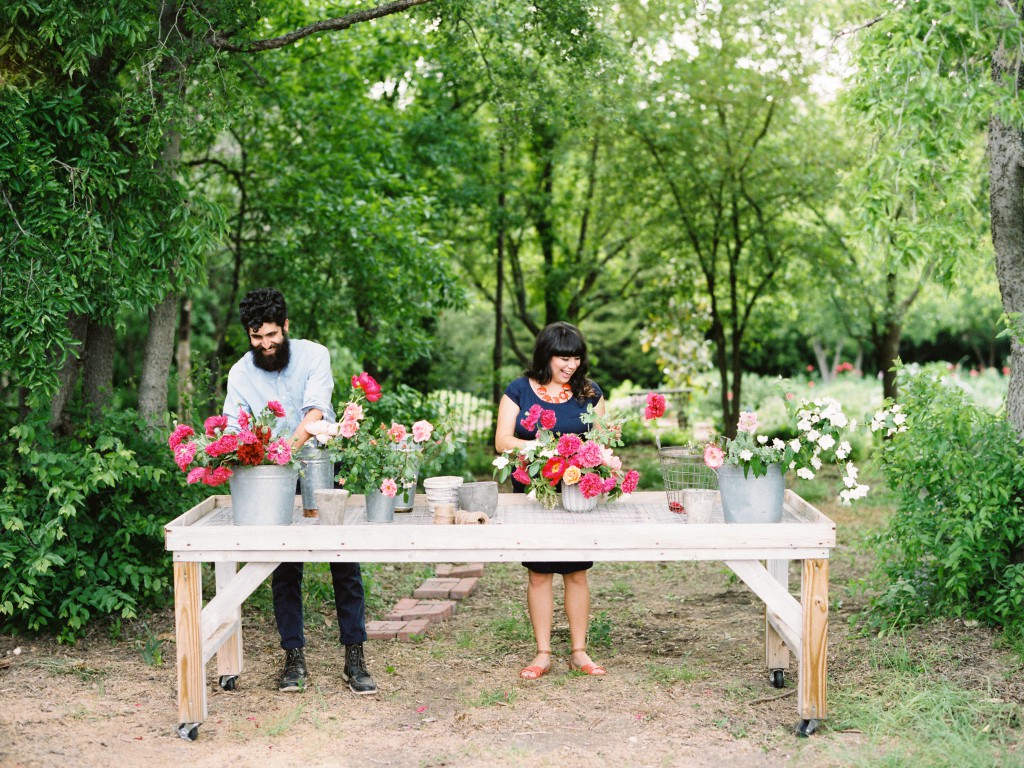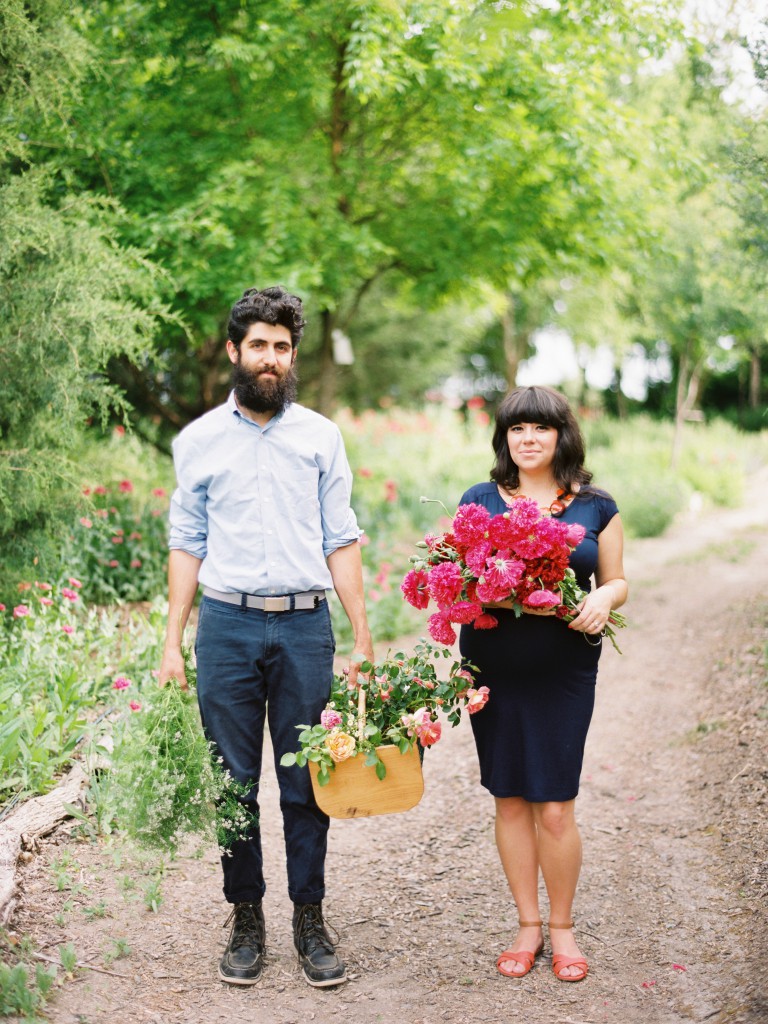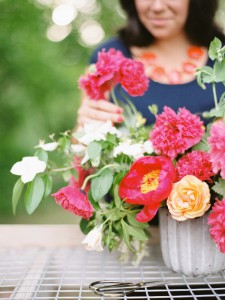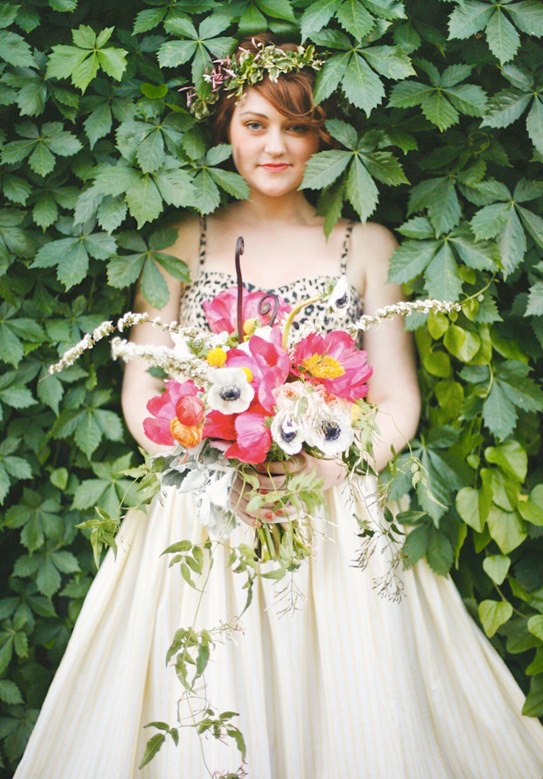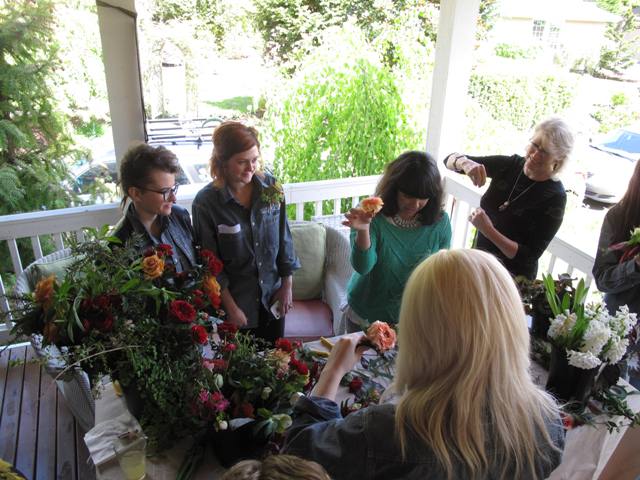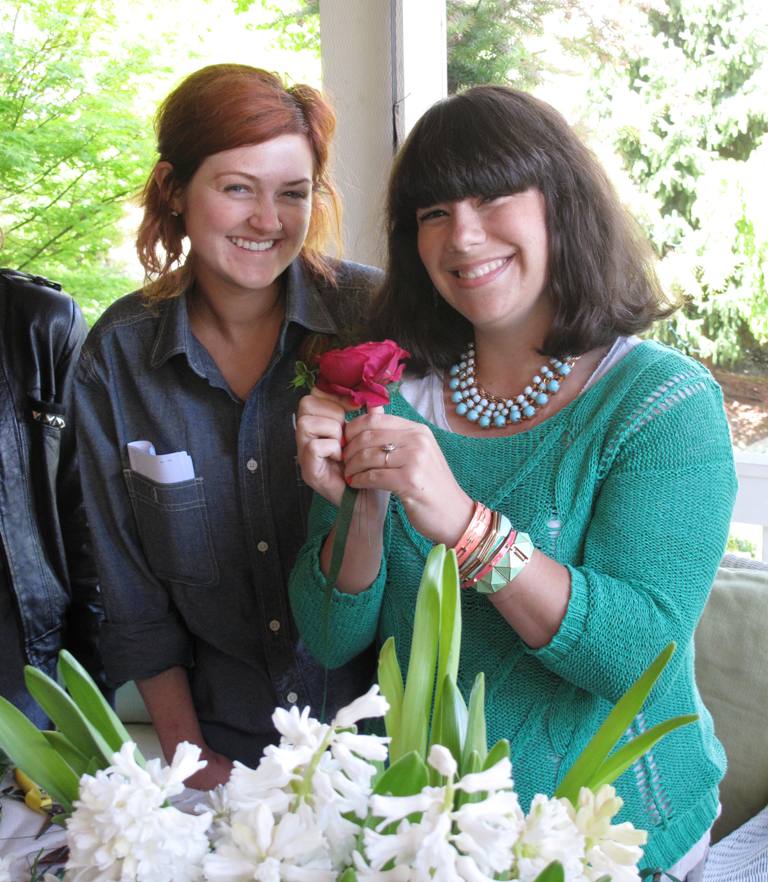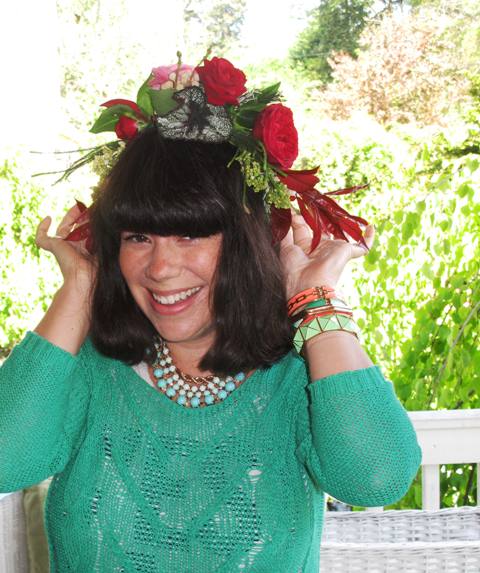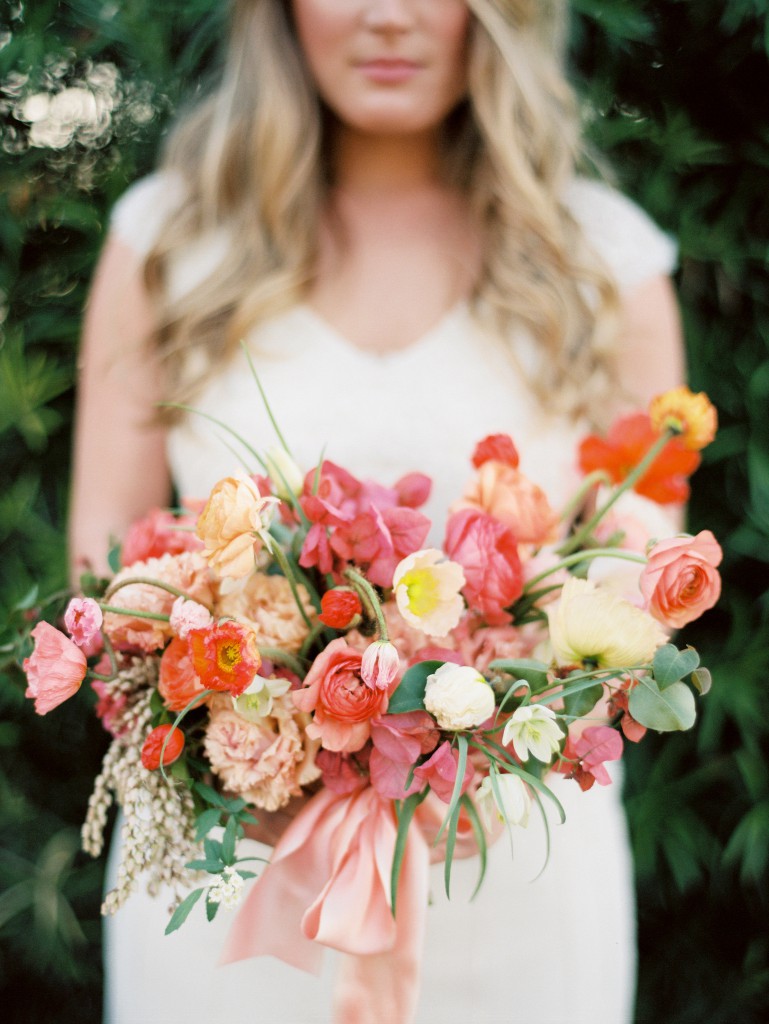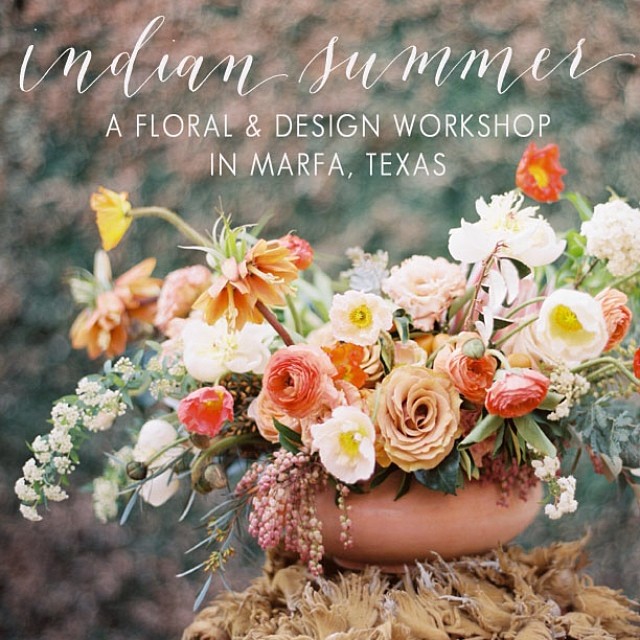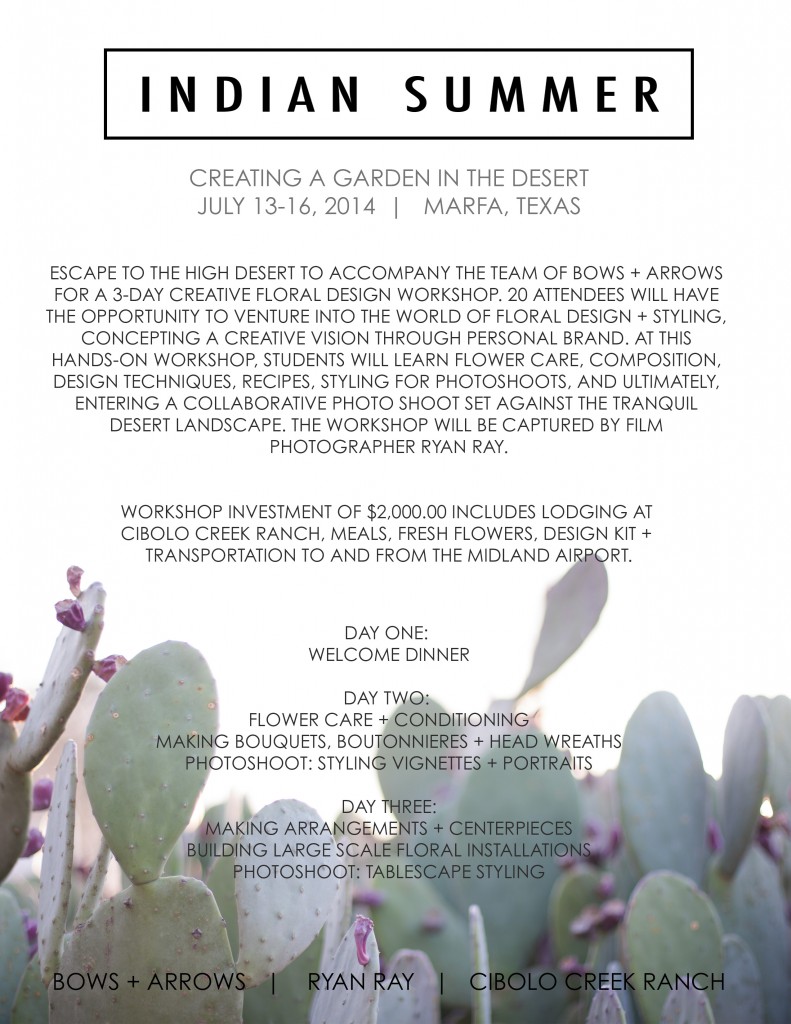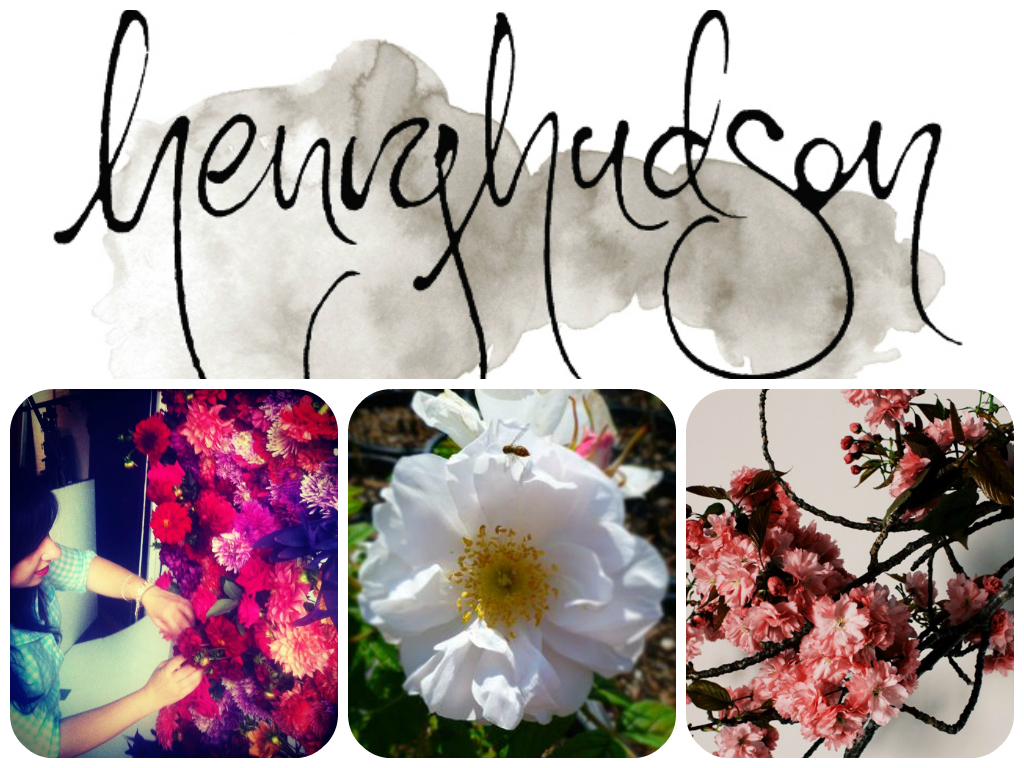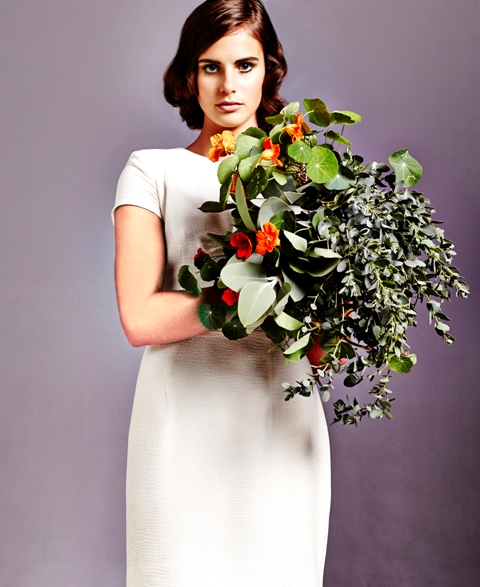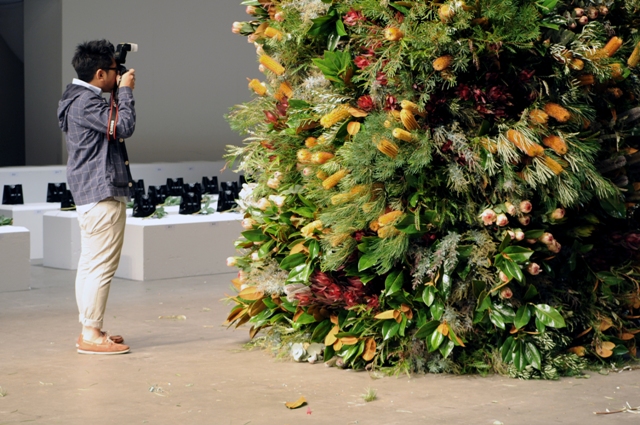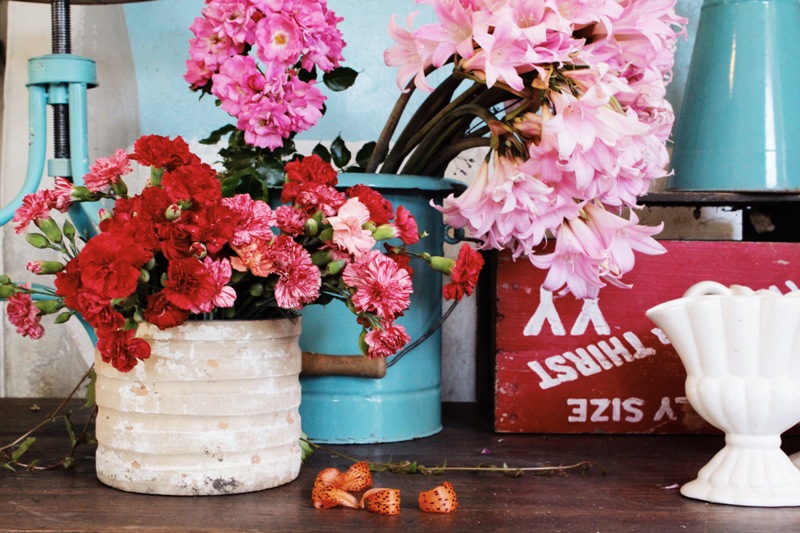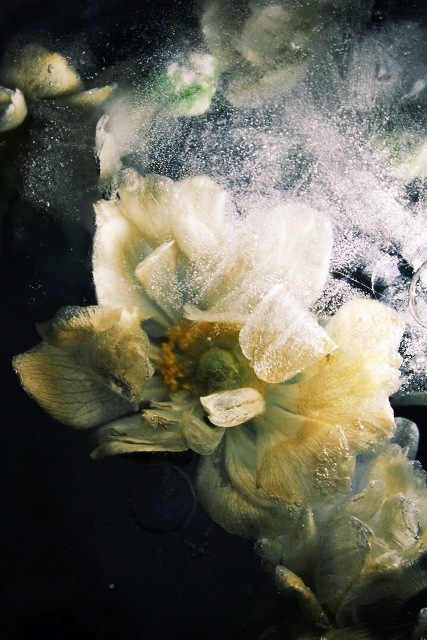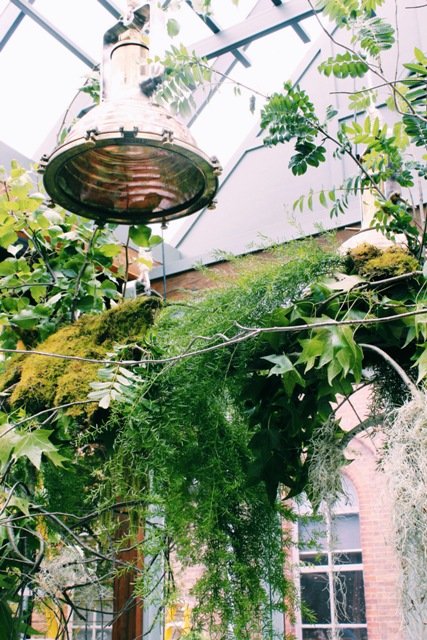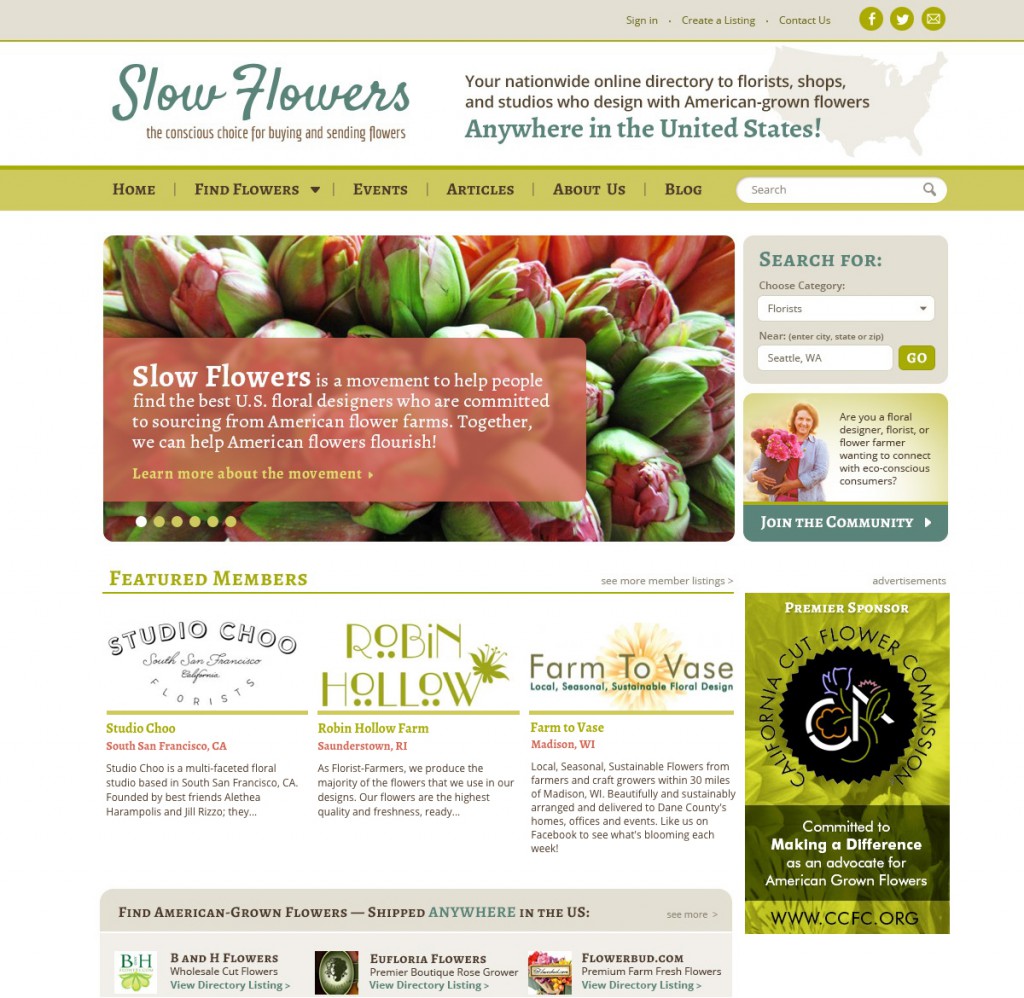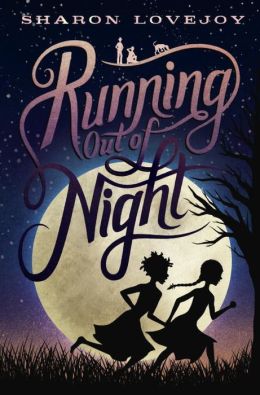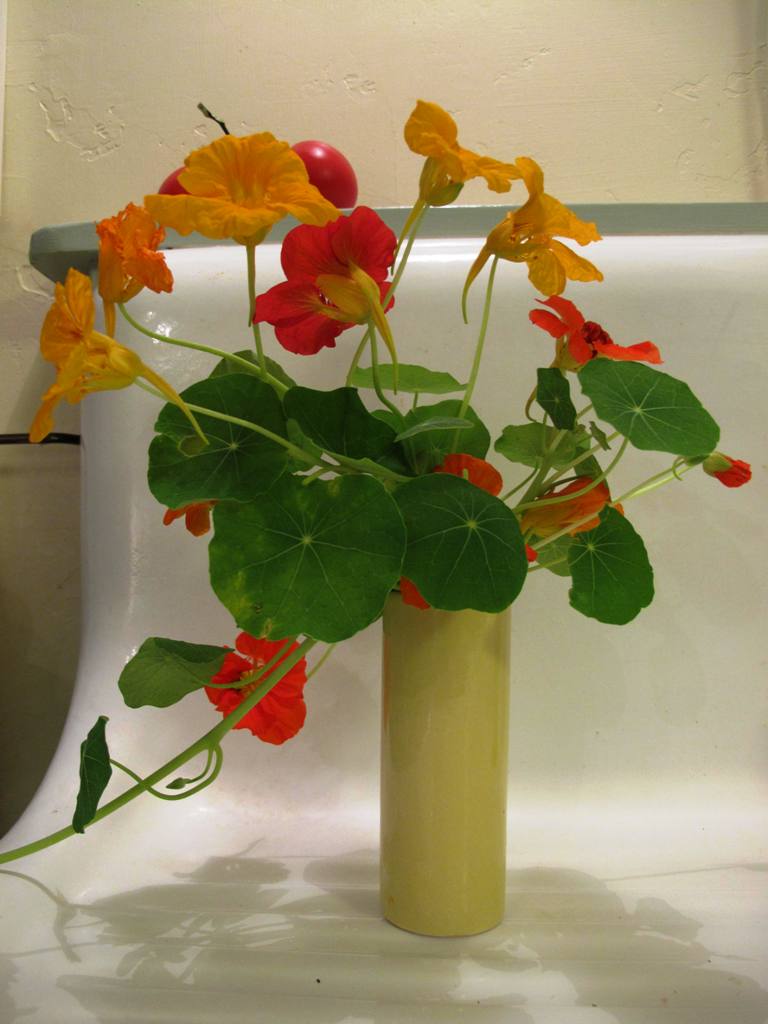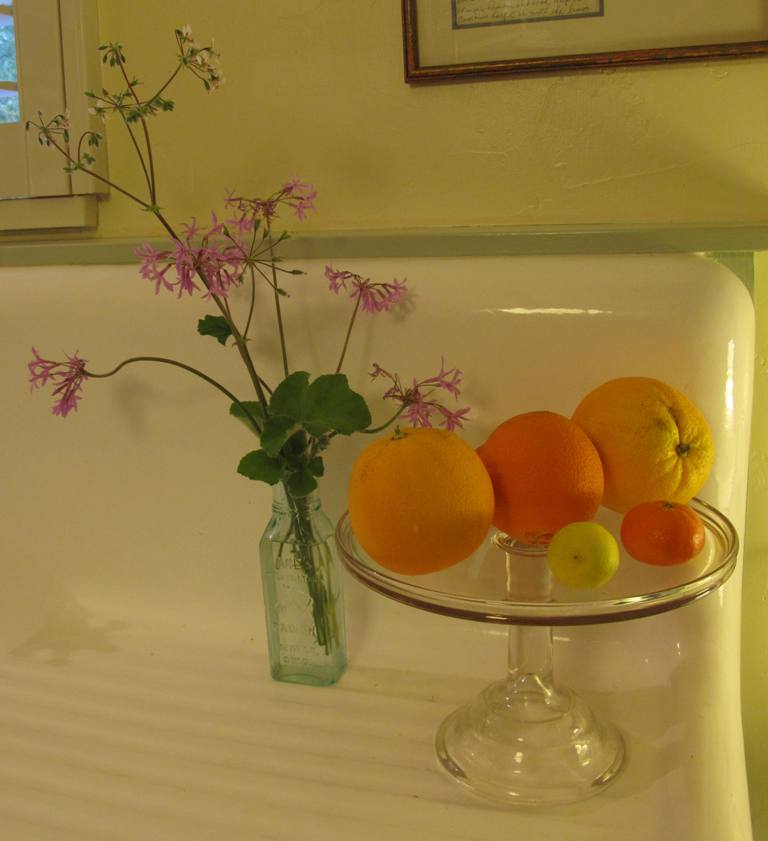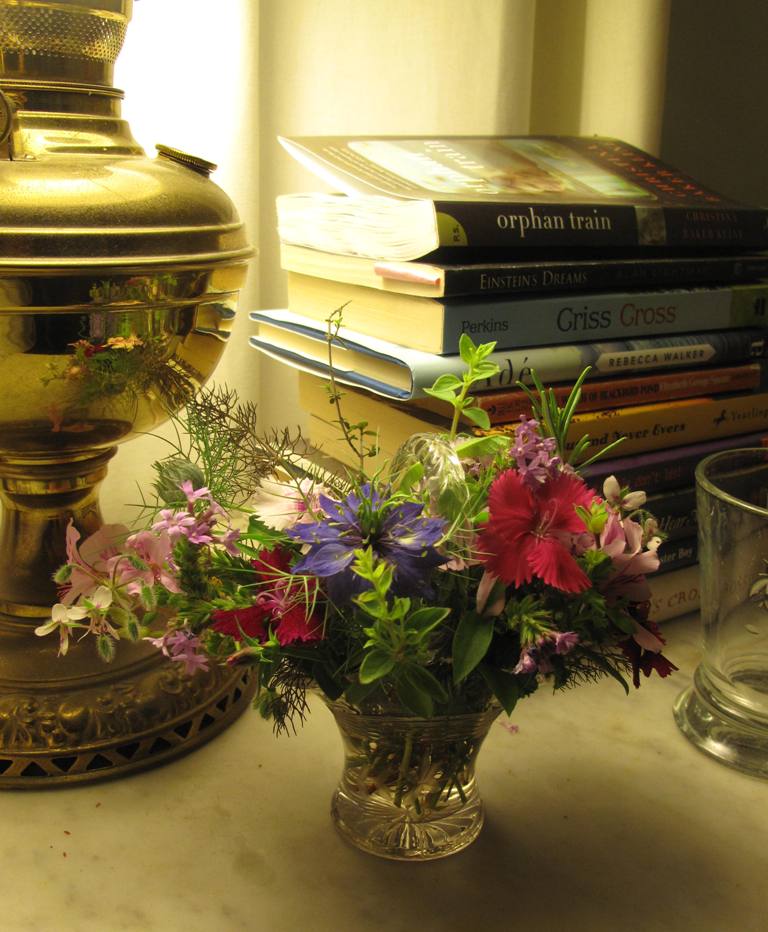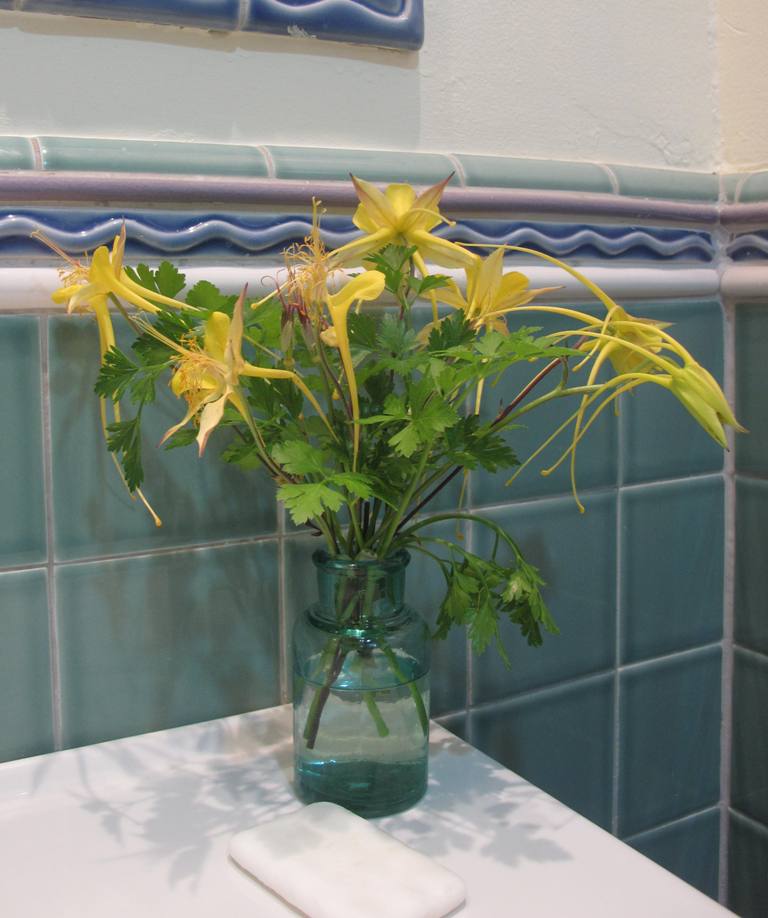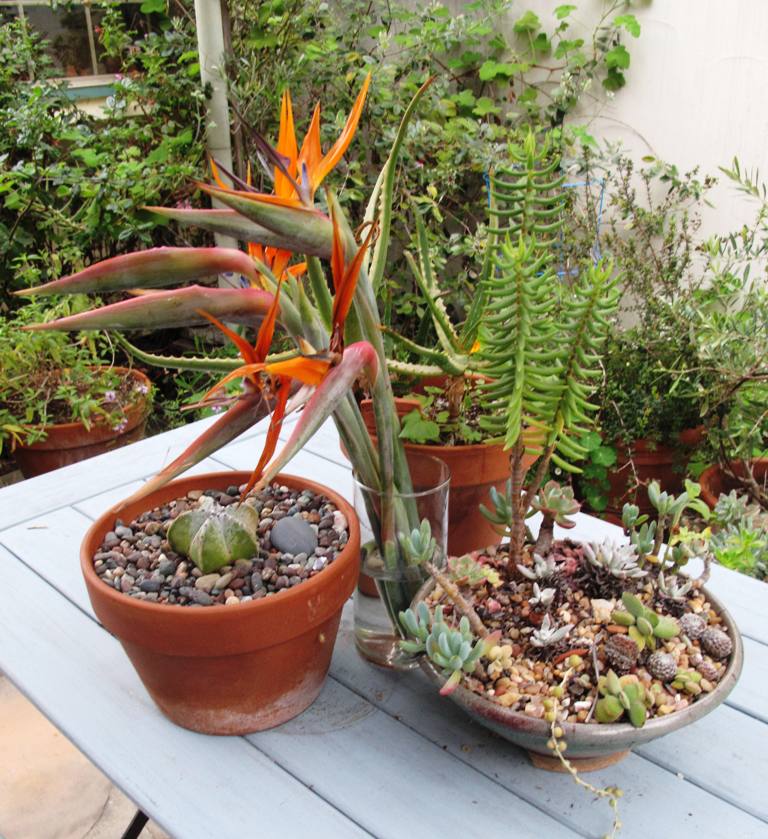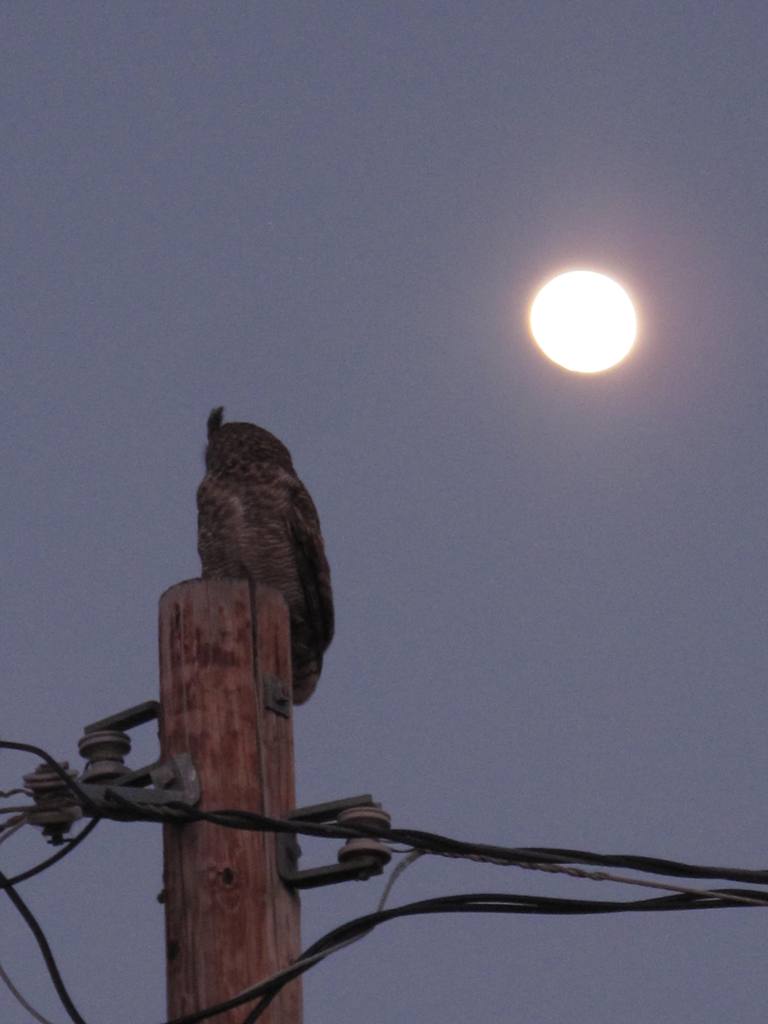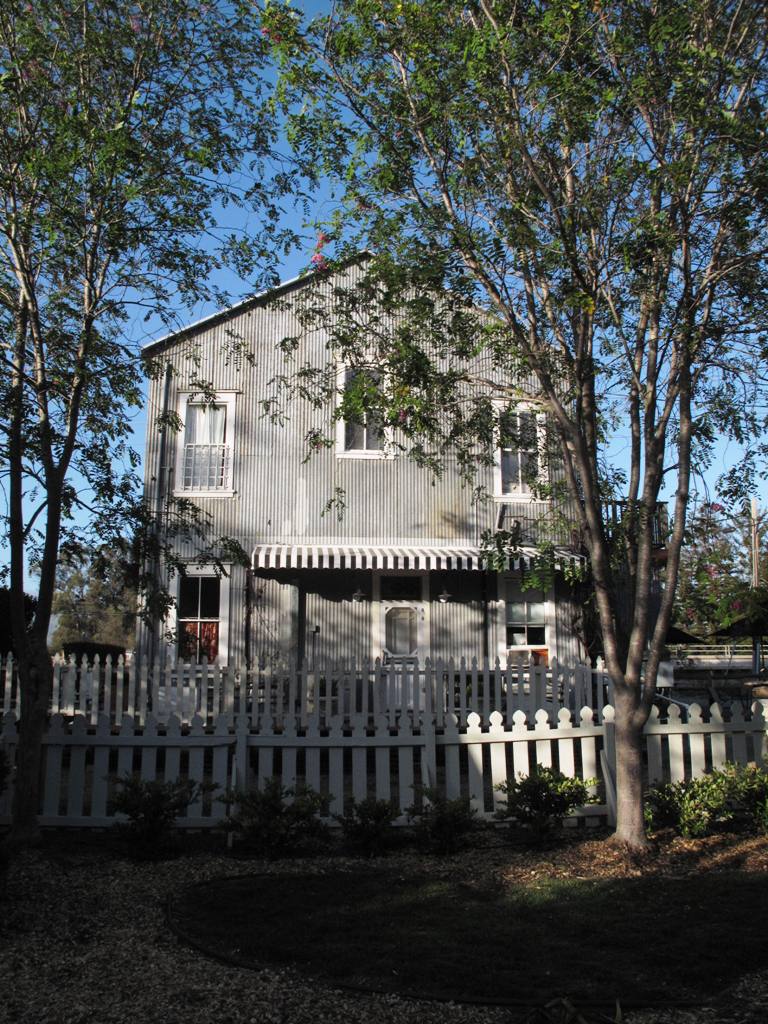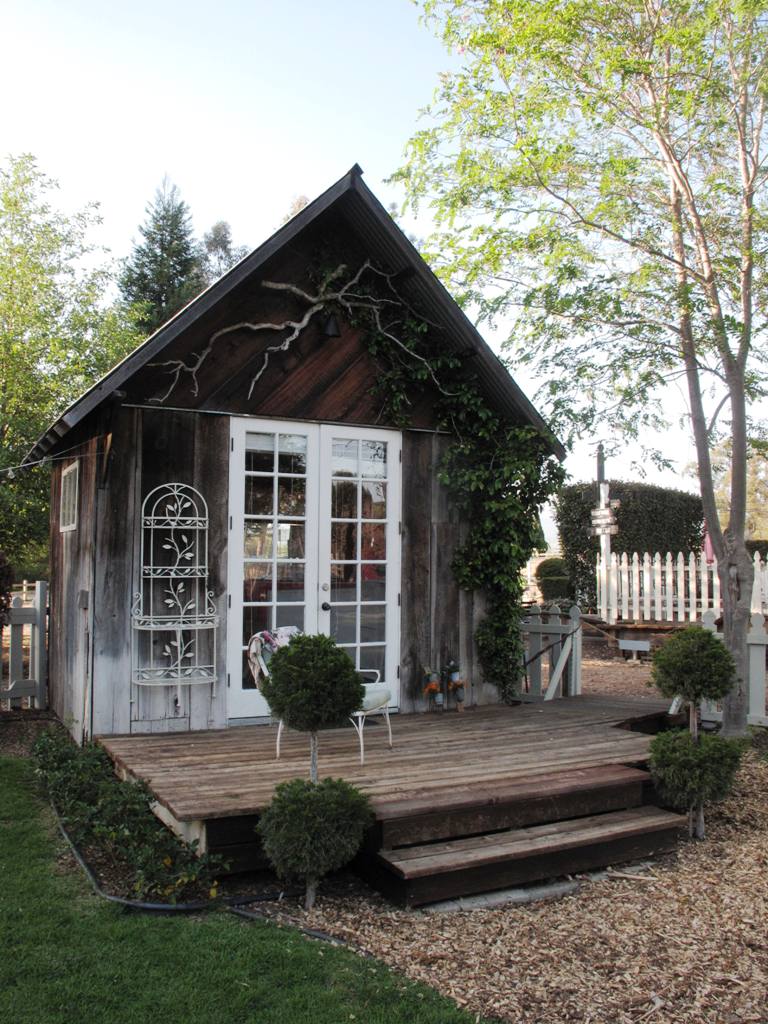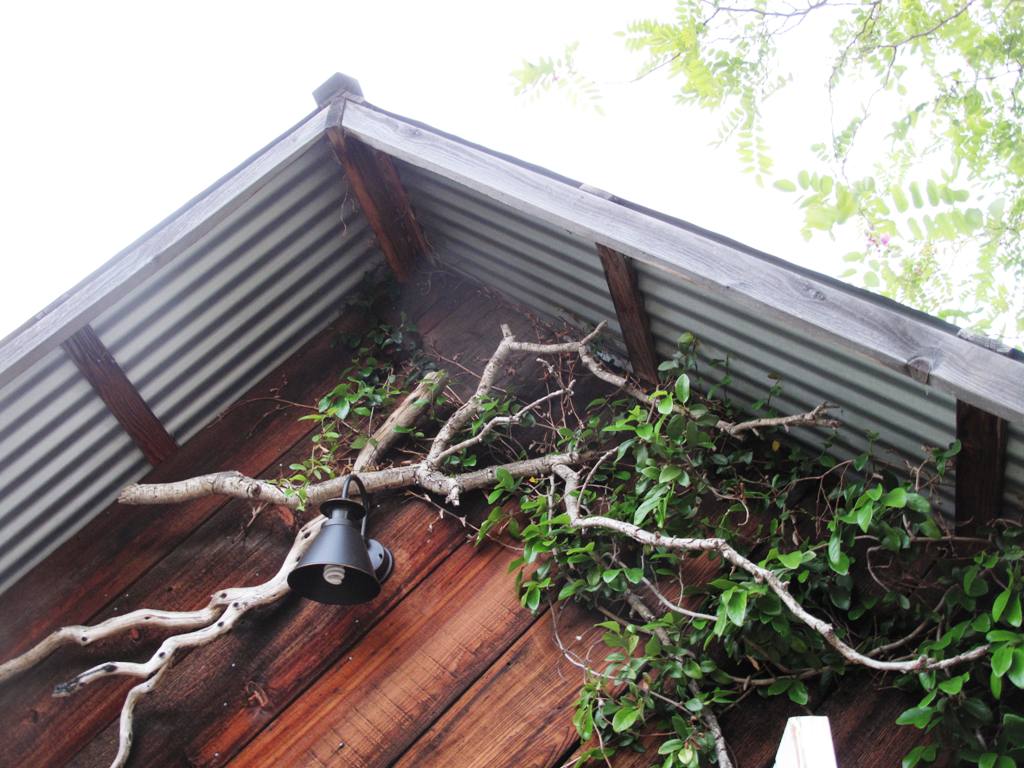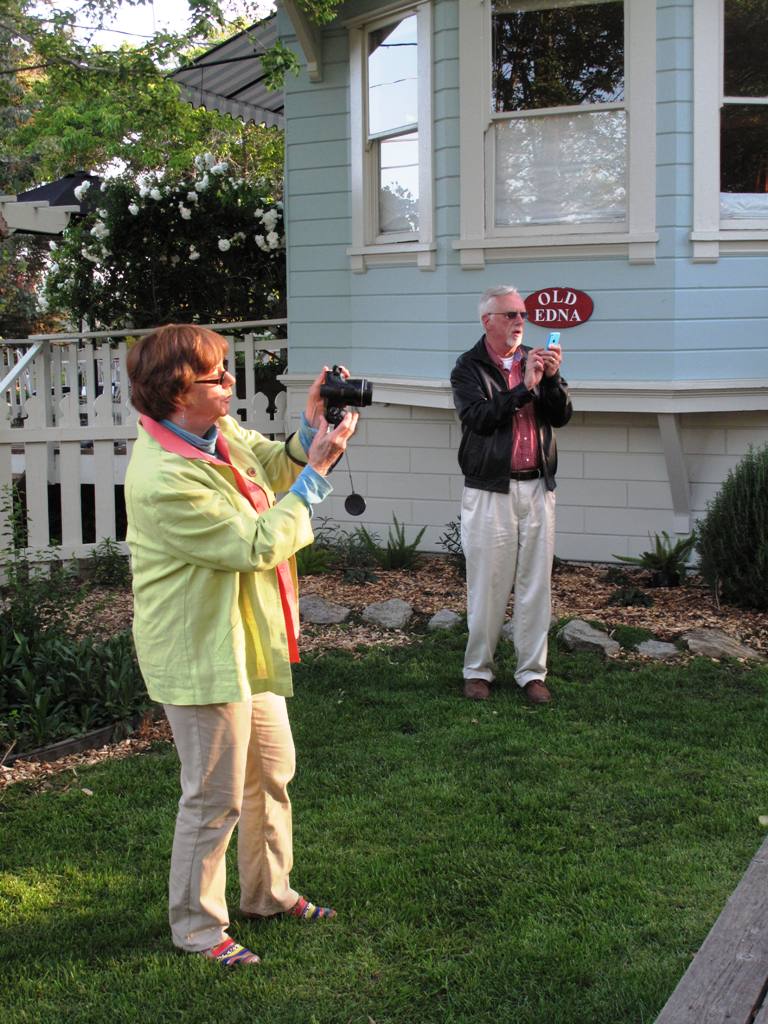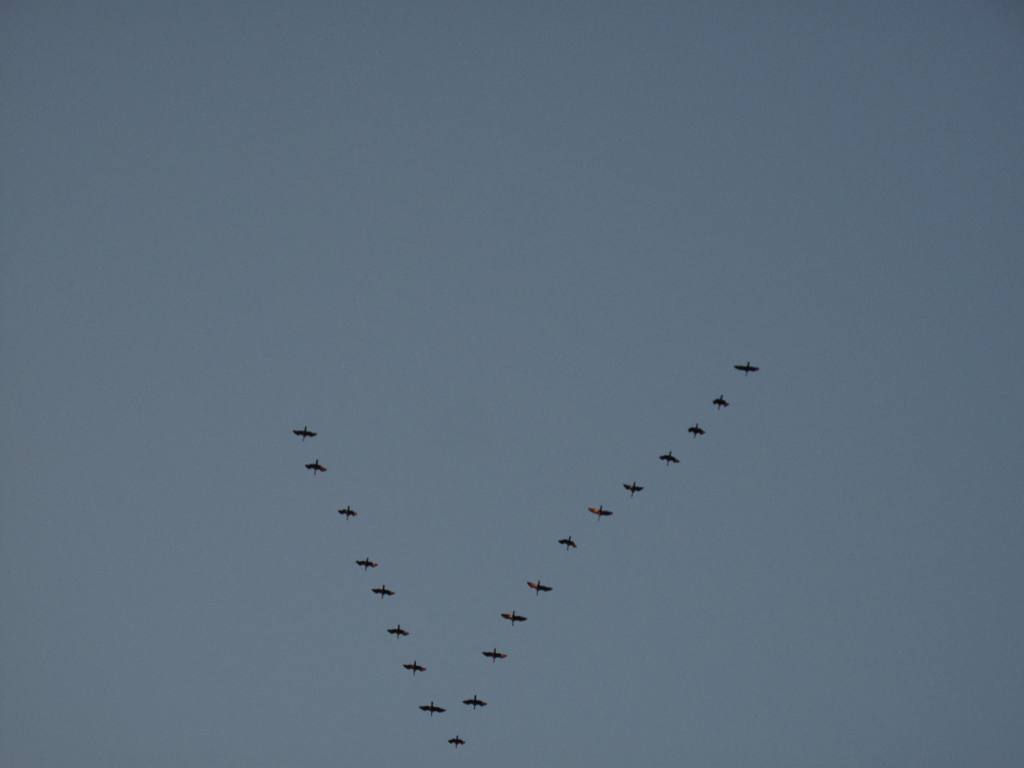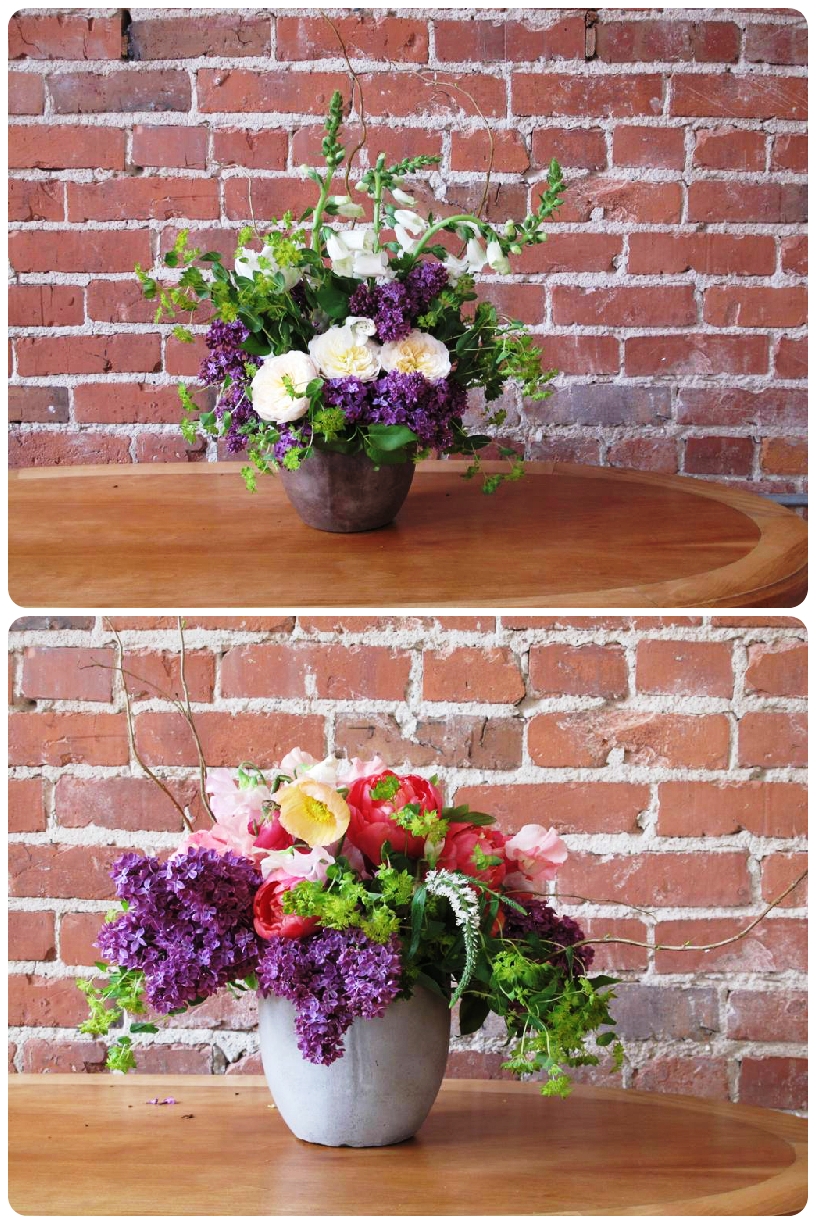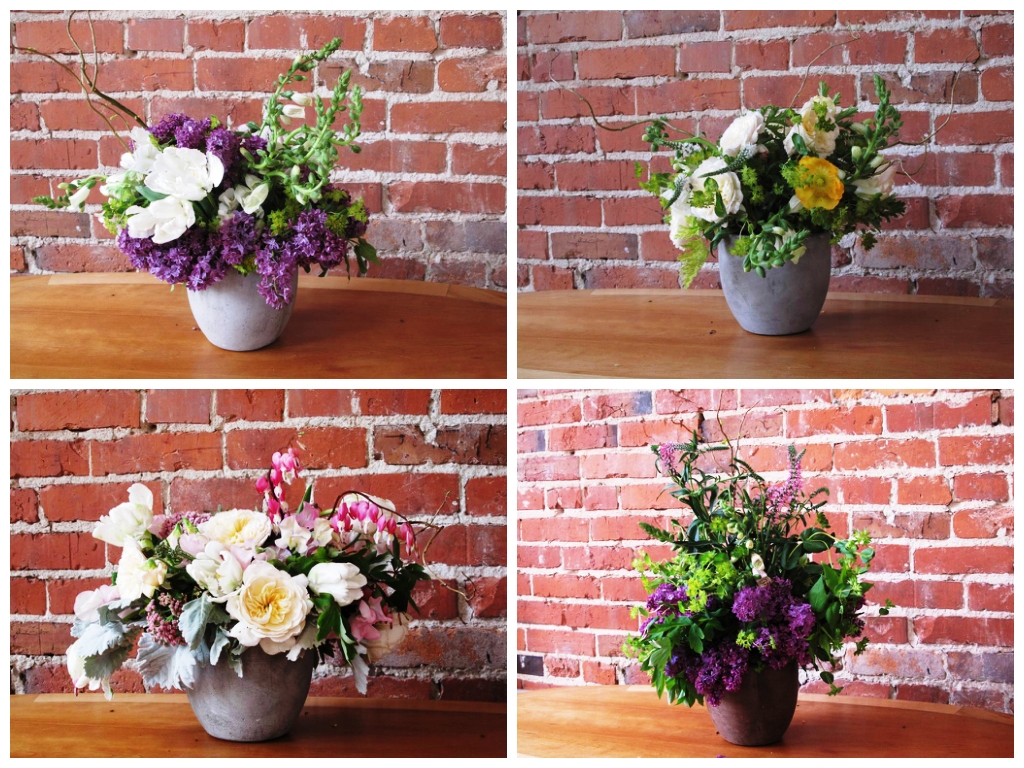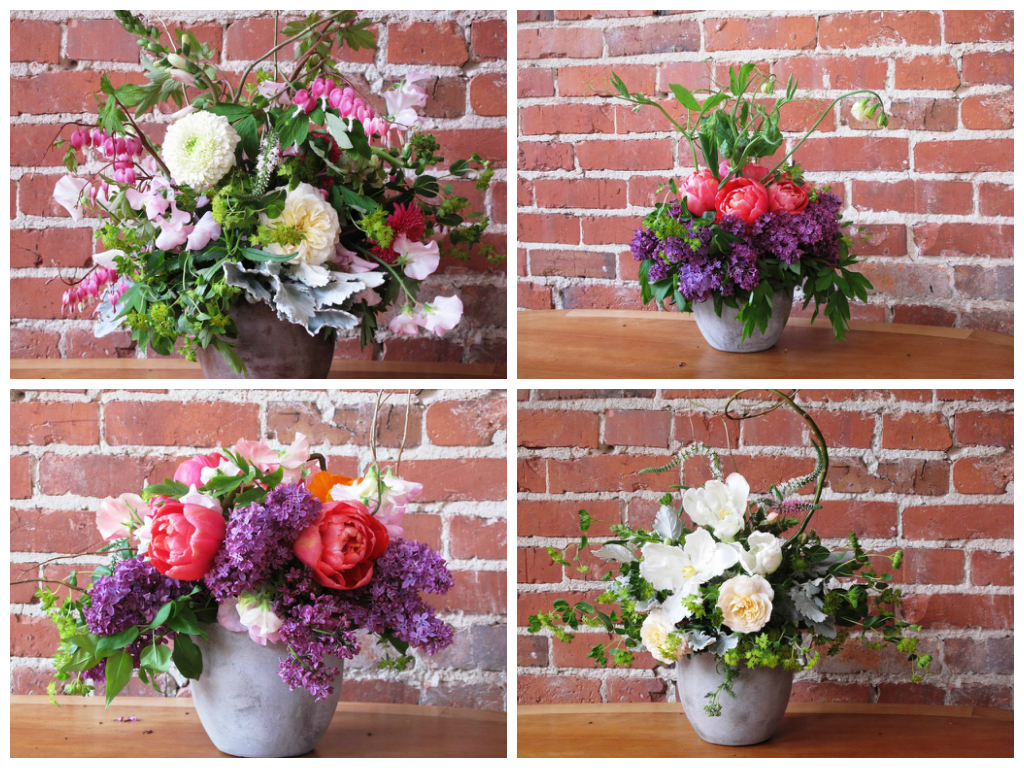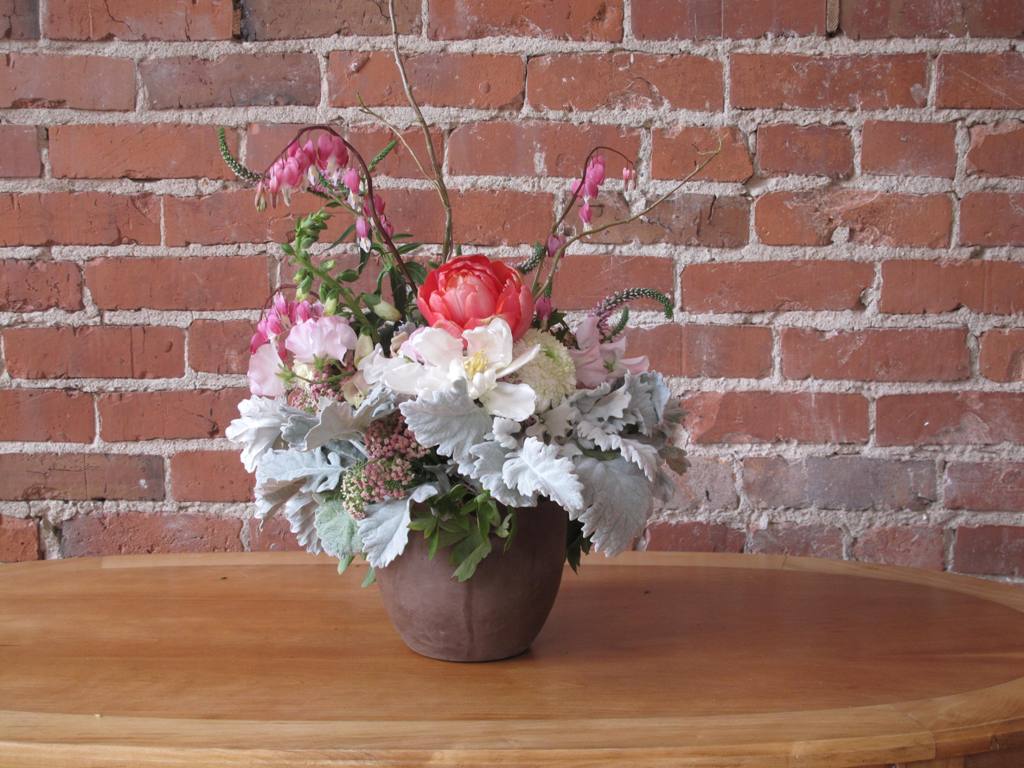Podcast: Play in new window | Download
Subscribe: Apple Podcasts | Podcast Index | | More
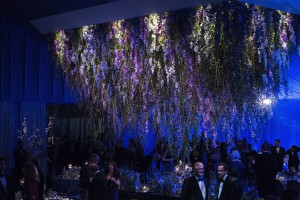
The floral ceiling chandelier — using all American grown floral ingredients — from the White House State Dinner (photo: Brendan Smialowski/Agence France-Presse)
I have exciting news to share this week: The New York Times published a piece by former food columnist Marian Burros entitled: “My, What Lovely Flowers. Who Lobbied for Them? — after a push by growers, U.S. products adorned a White House Dinner.”
More than two months ago, I wrote about this exciting event — a stop on the Slow flowers journey in which the White House acknowledged for the first time ever its use of American Grown flowers for a public function. That was the State Dinner for the French President on February 11th. You can read my February 21st blog post, and my analysis of that event here.
I’m gratified to see that NYT’s follow this story and give it the gravitas it deserves. Shining a positive light on American flowers is important, but there is much more that needs to be done in order to change the broken floral industry. One thing YOU can do is to join me in simple floral activism.
You can do this by visiting a compelling new web site: VOTE FOR FLOWERS. There, you’ll be able to identify your member of Congress and send him or her a letter urging support and engagement in the new Congressional Cut Flower Caucus.
Like others in the pro-domestic flower movement, I do NOT want the White House’s use of American flowers to be a one-time gesture. Like the presidential commitment to serve local, American-sourced food AND wine at White House functions, it is only right that domestic flowers grace the tables of all White House events. Stay tuned for ongoing updates on this story.
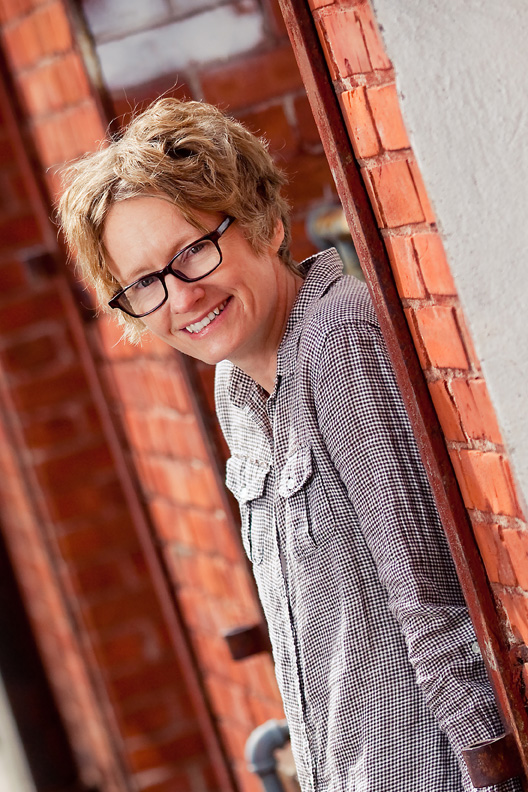
Writer and all-around curious observer of the natural world, Amy Stewart (c) Delightful Eye Photography
Now let’s turn our attention to today’s fabulous guest: Amy Stewart.
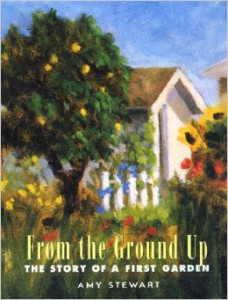
Amy’s first book, “From the Ground Up,” was published in 2001 by Algonquin Books.
I first learned about Amy in 2001 when a local bookseller here in Seattle told me about From the Ground Up, a memoir by a young Texas native who wrote about her first grown up garden. The bookseller called it “heartwarming and said I had to read it.
Amy was that author. She wrote From the Ground Up as a journal documenting her post-college Santa Cruz garden. When I reviewed in 2002, I wrote:
“There’s something very endearing and charming about Stewart’s self-effacing writing voice. She truly wants us to experience the same emotional highs and lows, the essential passion of gardening, that she lives through. It’s a wonderful late-night read . . . Pick it up as an alternative to moonlight gardening.”
A few years later, I met Amy at the SF Flower & Garden Show. We were back-to-back speakers and met during that “changing of the guard” thing that happens when one speaker wraps up her book-signing and another takes that seat warmed by her predecessor. It was just a casual introduction, but there was a familiar recognition of a kindred spirit in the garden-writing world.
Since then, our friendship has been based on mutual admiration, similar professional interests and occasional collaboration. In fact, in 2011, Amy and I teamed up with three others to launch GREAT GARDEN SPEAKERS.COM, an online speakers bureau for our profession.
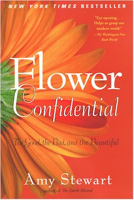
 And so it goes. My world changed when Amy Stewart wrote Flower Confidential in 2007. At the time, I had already begun interviewing American flower farmers and florists, unaware that she was writing an expose about the Global Floriculture Industry. Things happen like that in our worlds – after all, how could you explain the proliferation of vegetable gardening books that flooded the marketplace over the past five years?
And so it goes. My world changed when Amy Stewart wrote Flower Confidential in 2007. At the time, I had already begun interviewing American flower farmers and florists, unaware that she was writing an expose about the Global Floriculture Industry. Things happen like that in our worlds – after all, how could you explain the proliferation of vegetable gardening books that flooded the marketplace over the past five years?
But back to Flower Confidential. It truly was a book ahead of its time. When Amy wrote about the huge machine that relies on cheap floral imports, she started a conversation that resonated with me and with so many others – it was a dialogue I wanted to join. I was inspired to continue seeking out and telling the stories of American flowers and the people who grow and design with them.
When The 50 Mile Bouquet was published in 2012, I was honored that Amy agreed to write the forward, her generous show of support for the next chapter in the American Grown story. In that forward, Amy wrote:
“A great deal has changed since Flower Confidential. The notion of supporting local farmers was just gaining traction. The idea of celebrating our seasonal abundance – even if that means giving up tomatoes in January – was not quite mainstream. Just as “slow food” was catching on, the flower world was beginning the shift that The 50 Mile Bouquet celebrates.”
Indeed, a great deal more has changed – for the good – since Amy wrote our forward in the fall of 2011.
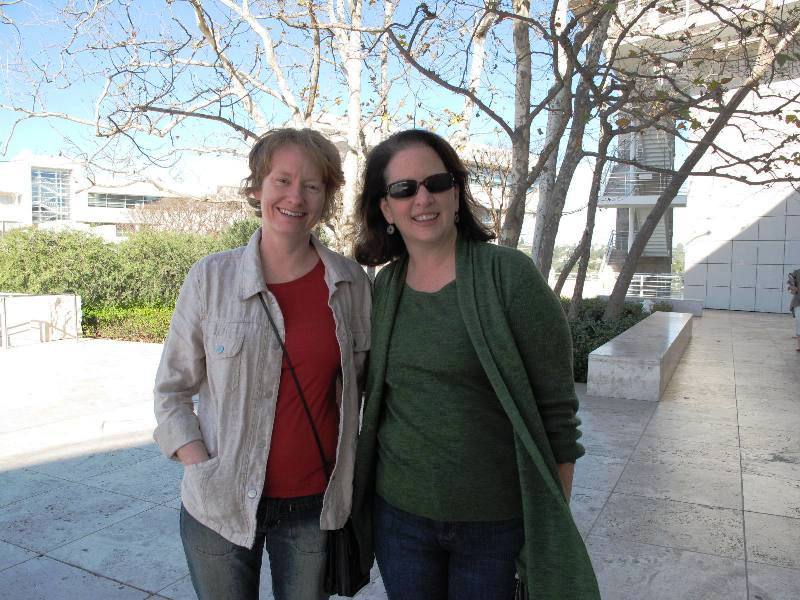
Amy Stewart and Debra Prinzing.
With Amy’s blessing, I’ve gone down the flower garden path to document the exciting cultural shift in the domestic floral industry. All you have to do is read about the White House’s choice of American grown flowers to understand that.
During the same time, Amy’s career has skyrocketed. She is the award-winning author of six books on the perils and pleasures of the natural world, including four New York Times bestsellers, The Drunken Botanist, Wicked Bugs, Wicked Plants, and Flower Confidential.
Amy lives in Eureka, California, with her husband Scott Brown. They own an antiquarian bookstore called Eureka Books and tend a flock of unruly hens in their backyard.
Amy has appeared on NPR’s Morning Edition and Fresh Air, she’s been profiled in the New York Times and the San Francisco Chronicle, and she’s been featured on CBS Sunday Morning, Good Morning America, the PBS documentary “The Botany of Desire,” and–believe it or not– TLC’s Cake Boss.
Four of Amy’s previous books have been New York Times bestsellers. They have been translated into eight languages, and two of them–Wicked Plants and Wicked Bugs–have been adapted into national traveling exhibits that appear at botanical gardens and museums nationwide.
She is the recipient of a National Endowment for the Arts fellowship, the American Horticulture Society’s Book Award, and an International Association of Culinary Professionals Food Writing Award. In 2012, she was invited to be the first Tin House Writer-in-Residence, a partnership with Portland State University, where she taught in the MFA program.
I recently stopped at Amy and Scott’s house in Humboldt County, northern California, while on a road trip from LA to Seattle. They don’t live too far off of Hwy 101 and it was an easy detour, my 2nd visit to their charming Victorian house surrounded by a slightly unruly garden and an opinionated clutch of hens.
As is typical, our conversations involved book writing, book publishing, book promotion and more — all those things that authors obsess about. And before I left the following morning, Amy and I sat down in her cozy work space – her combination writing and art studio in the attic of this vintage residence, and talked about Flower Confidential.
Amy Stewart’s next gift to the book-reading world is a historical crime novel about a real woman who was an early 20th century sheriff and detective. Girl Waits With Gun, is a novel based on a true story. It will be published by Houghton Mifflin Harcourt in 2015.
Visit amystewart.com to follow Amy and all of her projects – including her busy lecture schedule and her other outlet -painting and drawing.
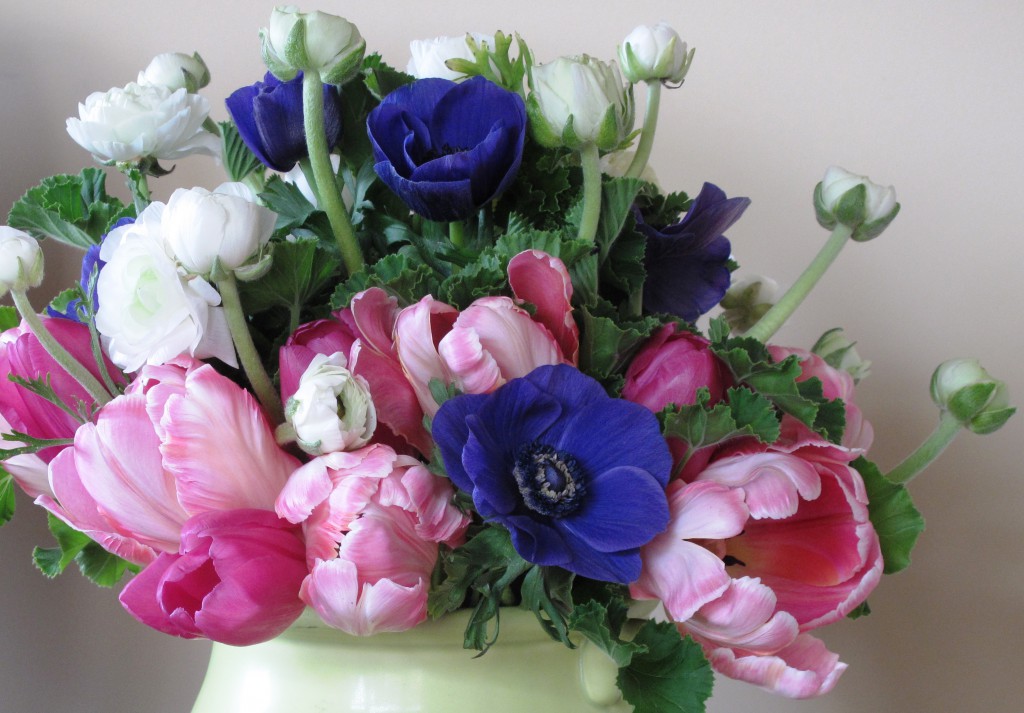
Here’s a photograph of a floral arrangement I made last spring – and then wrote about.
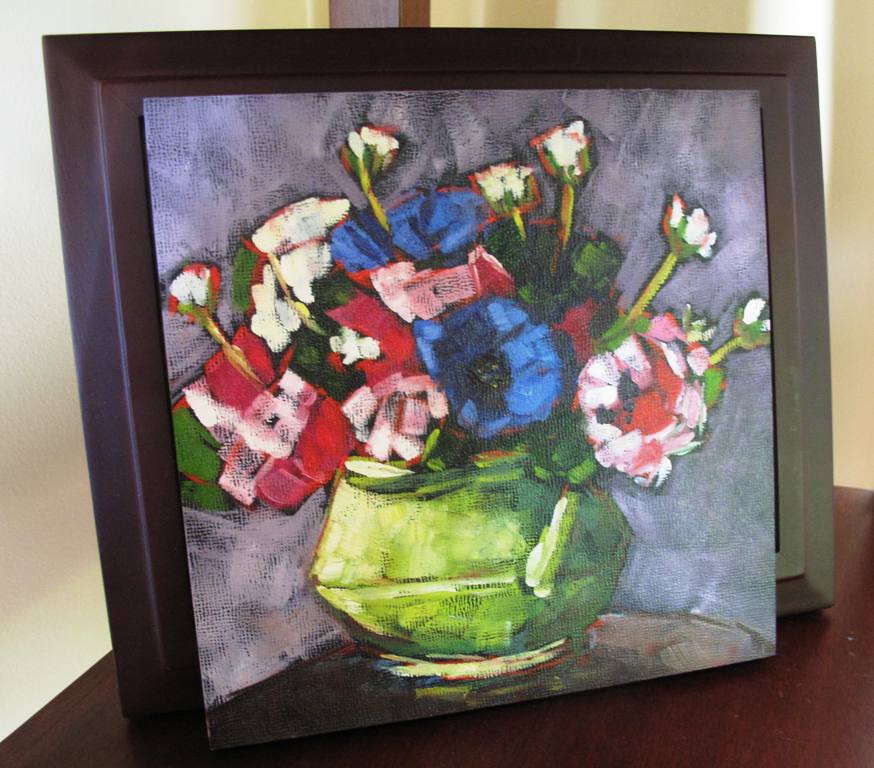
Amy’s charming oil painting of that same arrangement ~ a surprise and cherished gift.
And enjoy this Q&A with Amy about why she loves to paint.
Because of the support from you and others, listeners have downloaded episodes of the Slow Flowers Podcast more than 11,000 times! I thank you for taking the time to join to my conversations with flower farmers, florists and other notable floral experts.
If you like what you hear, please consider logging onto Itunes and posting a listener review.
Until next week please join me in putting more American grown flowers on the table, one vase at a time.
The Slow Flowers Podcast is engineered and edited by Hannah Holtgeerts and Andrew Wheatley. You can learn more about their work at hhcreates.net.









